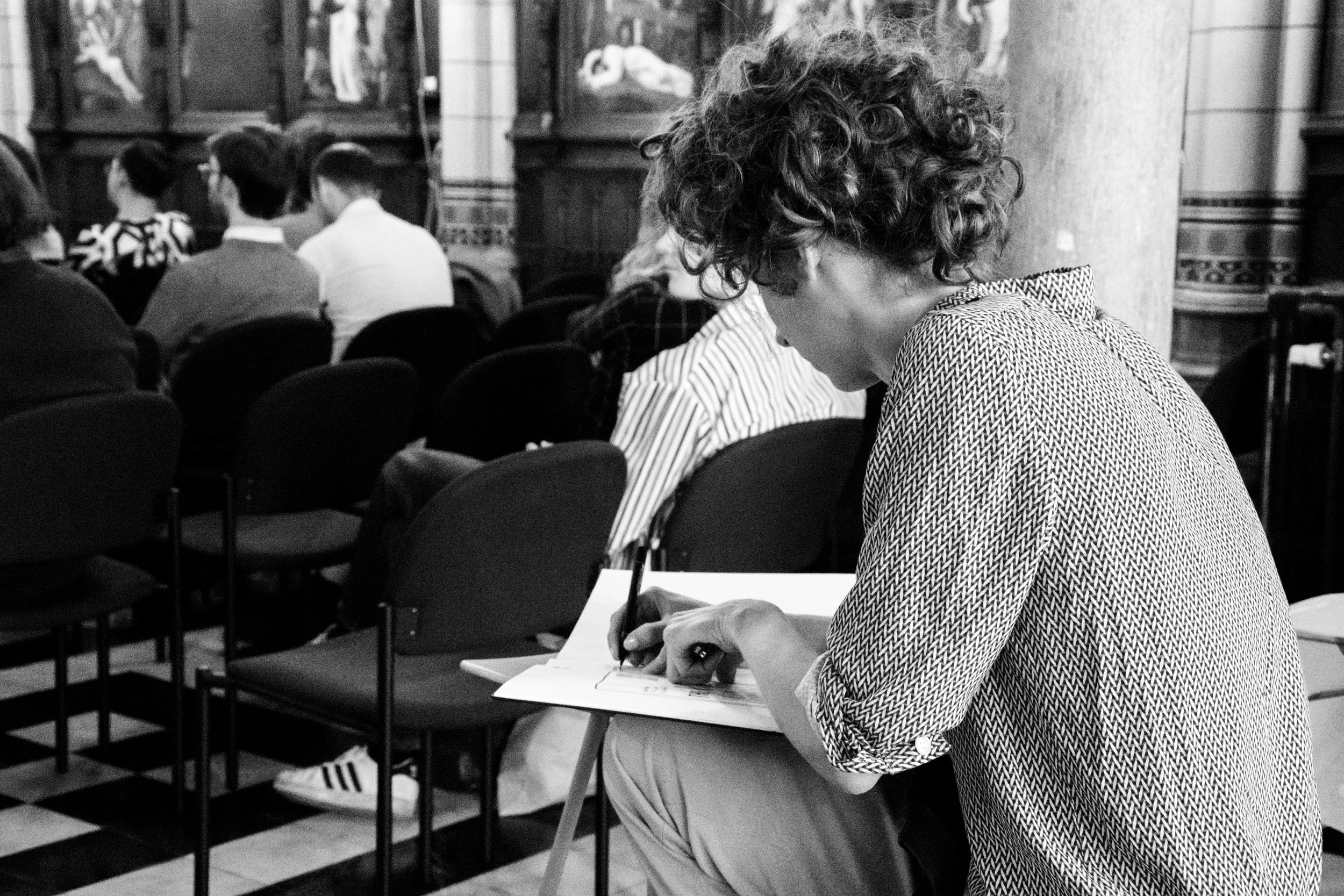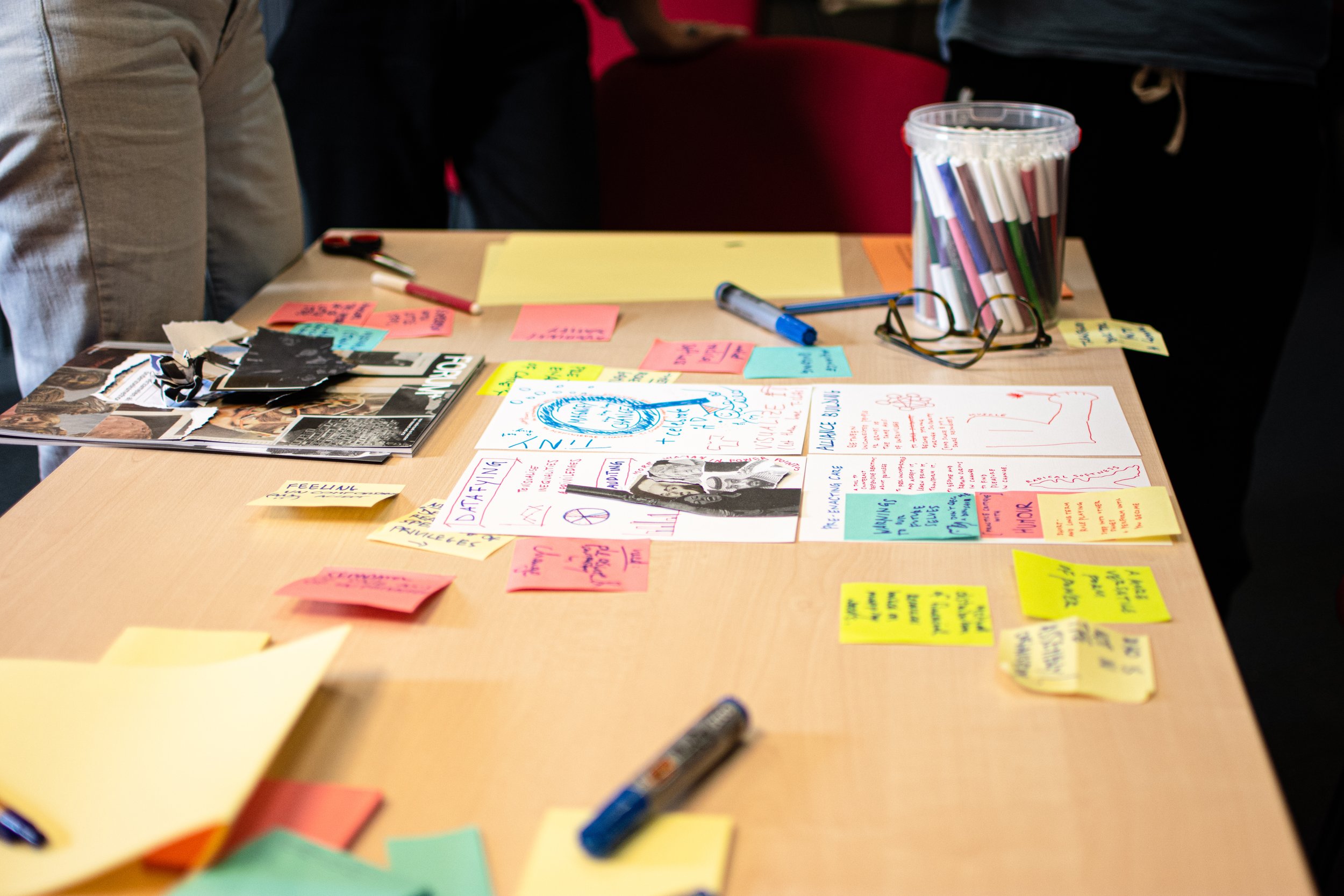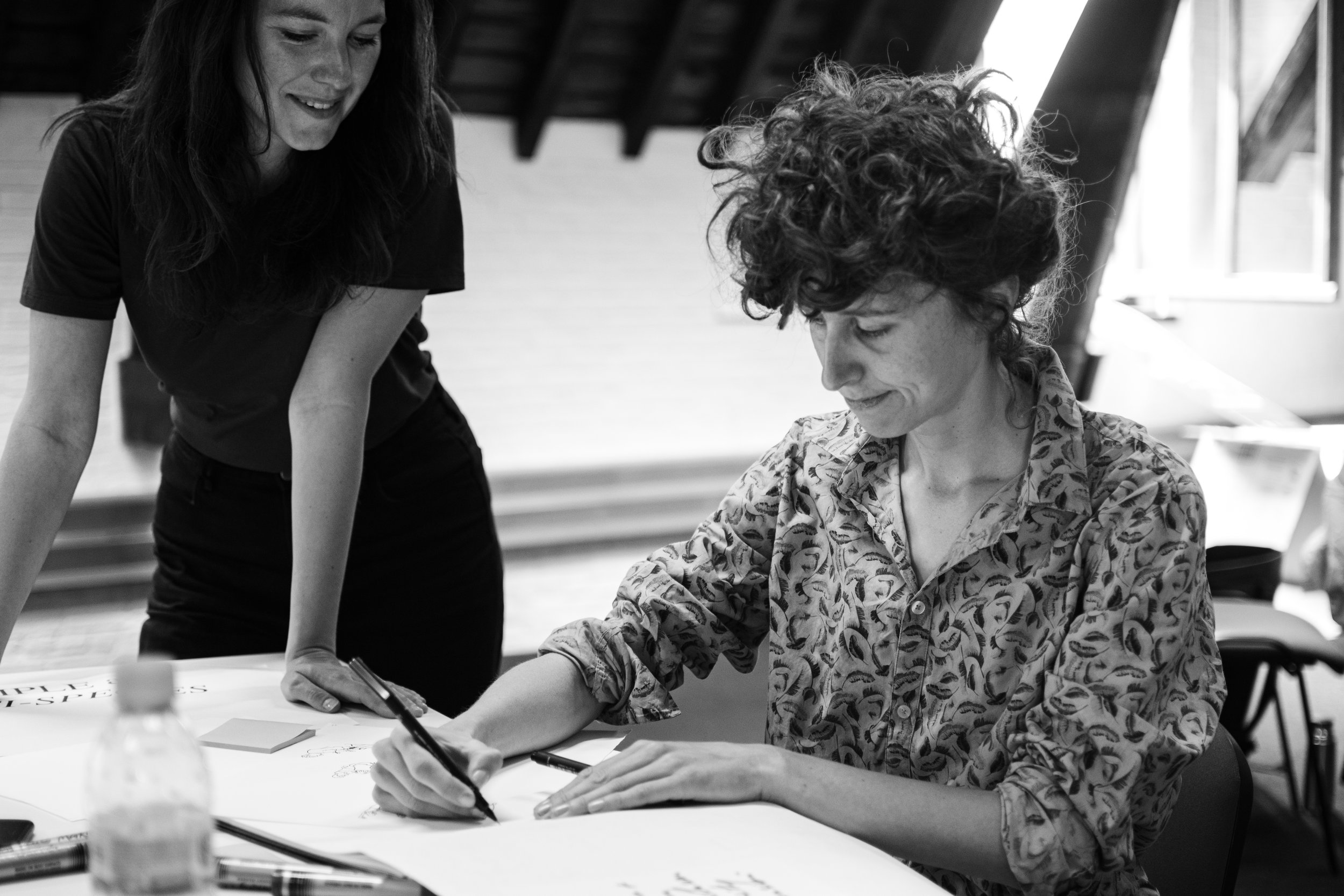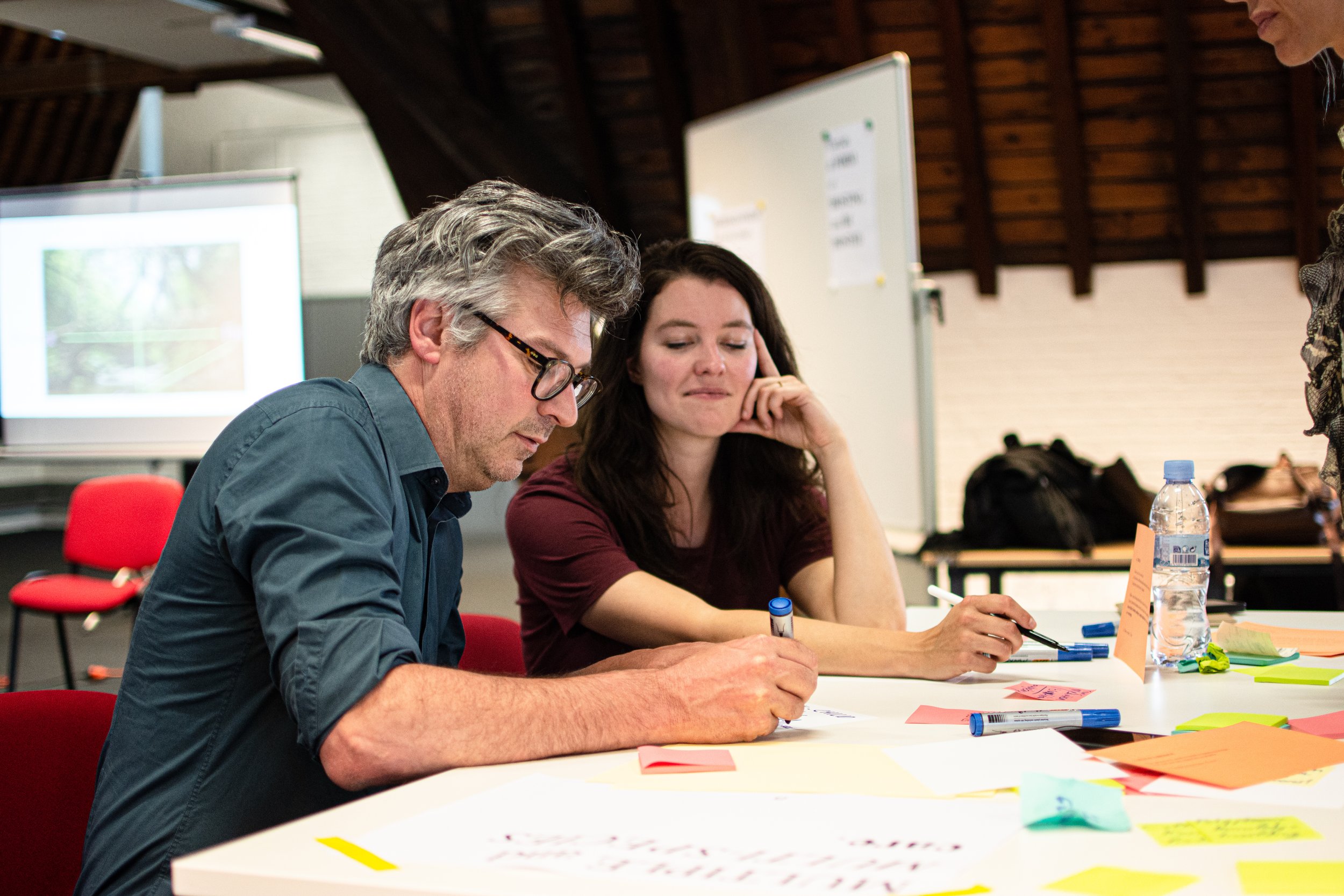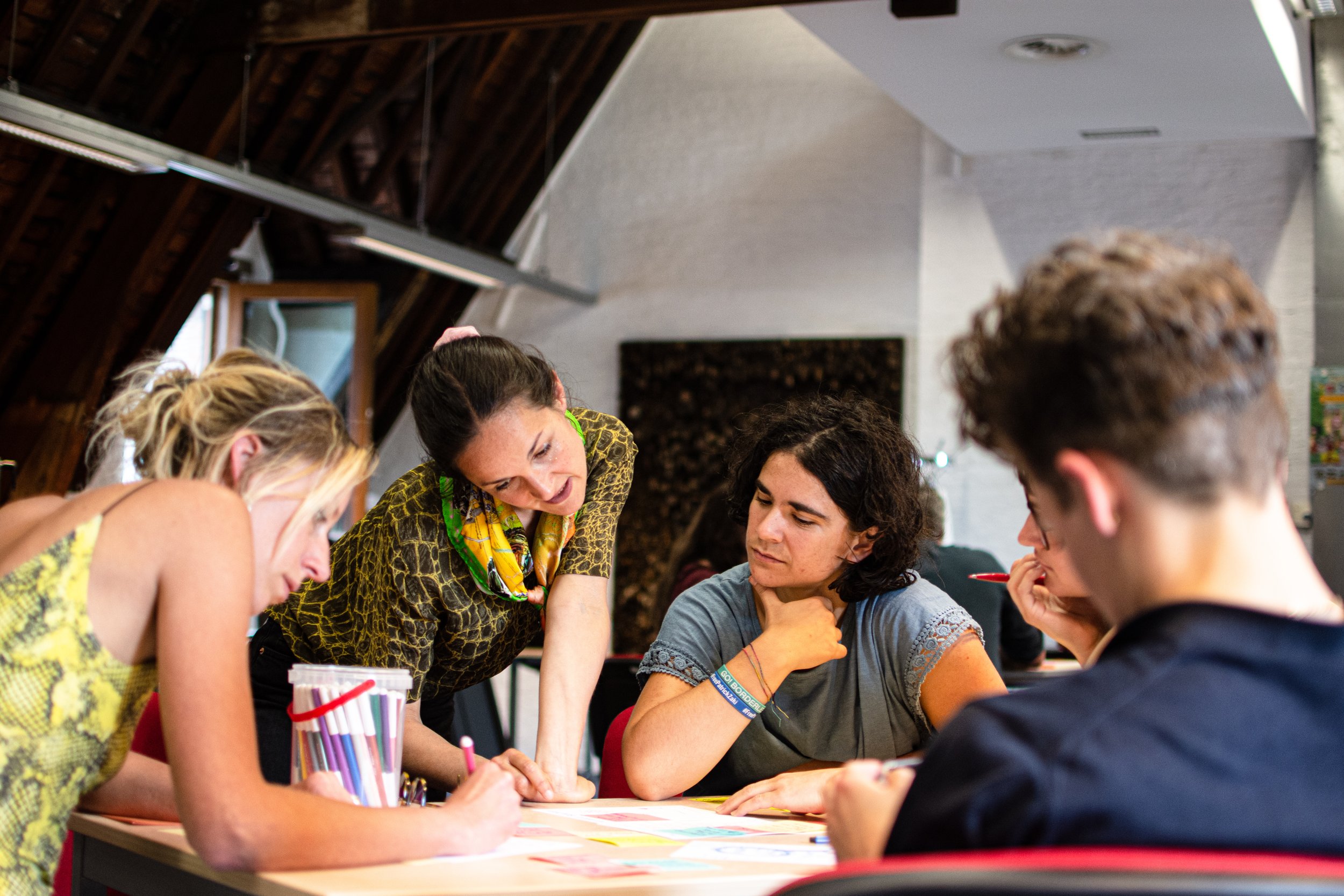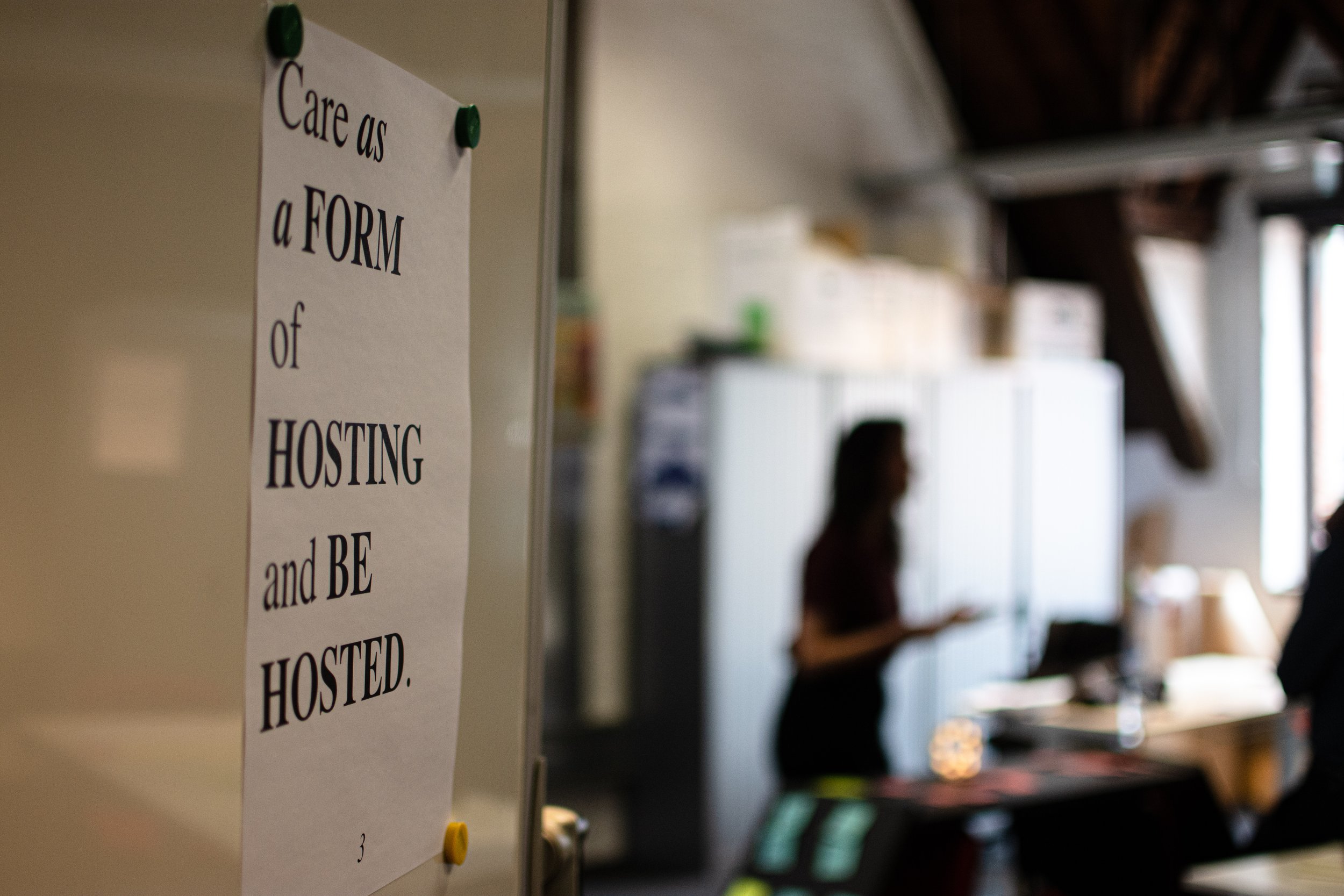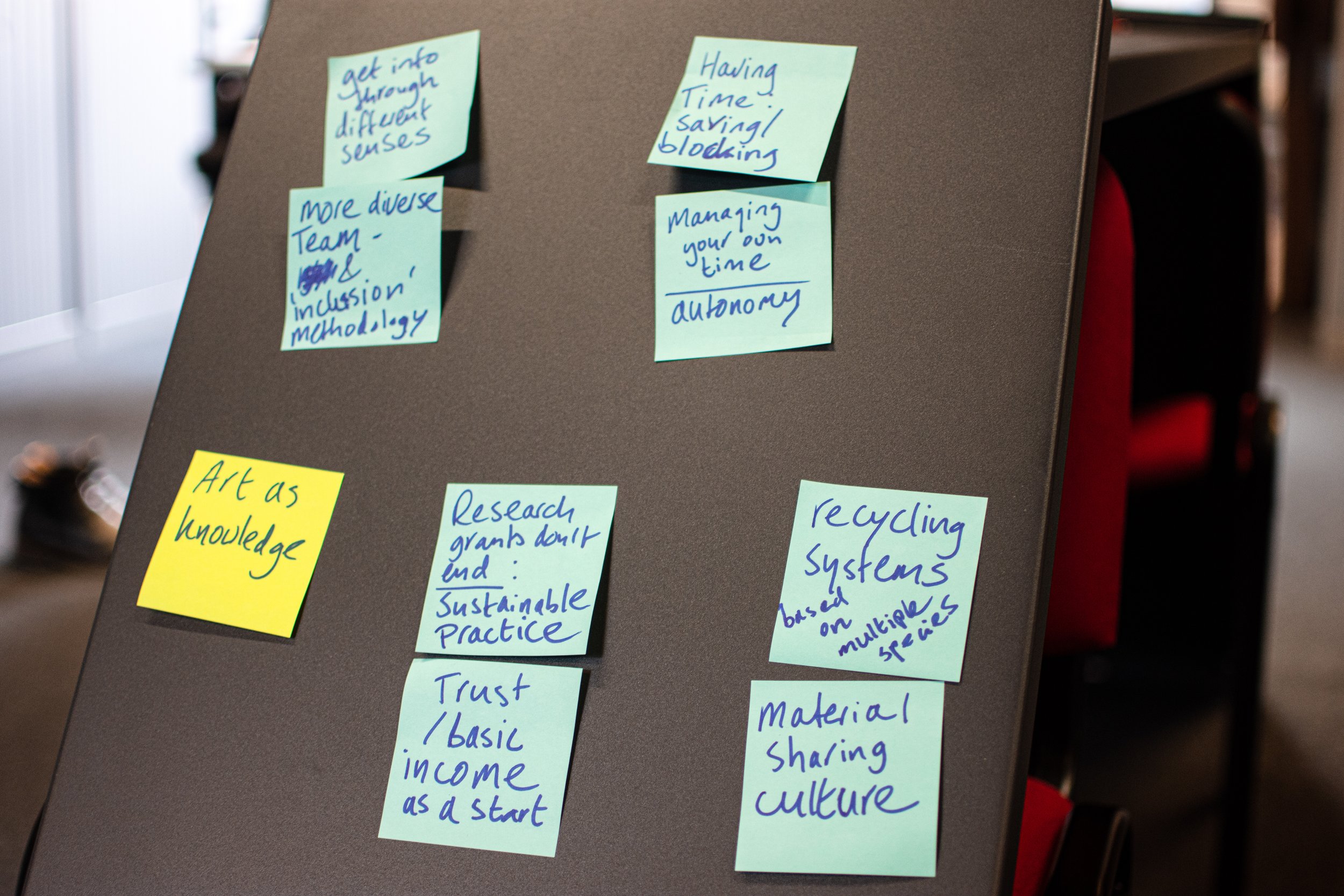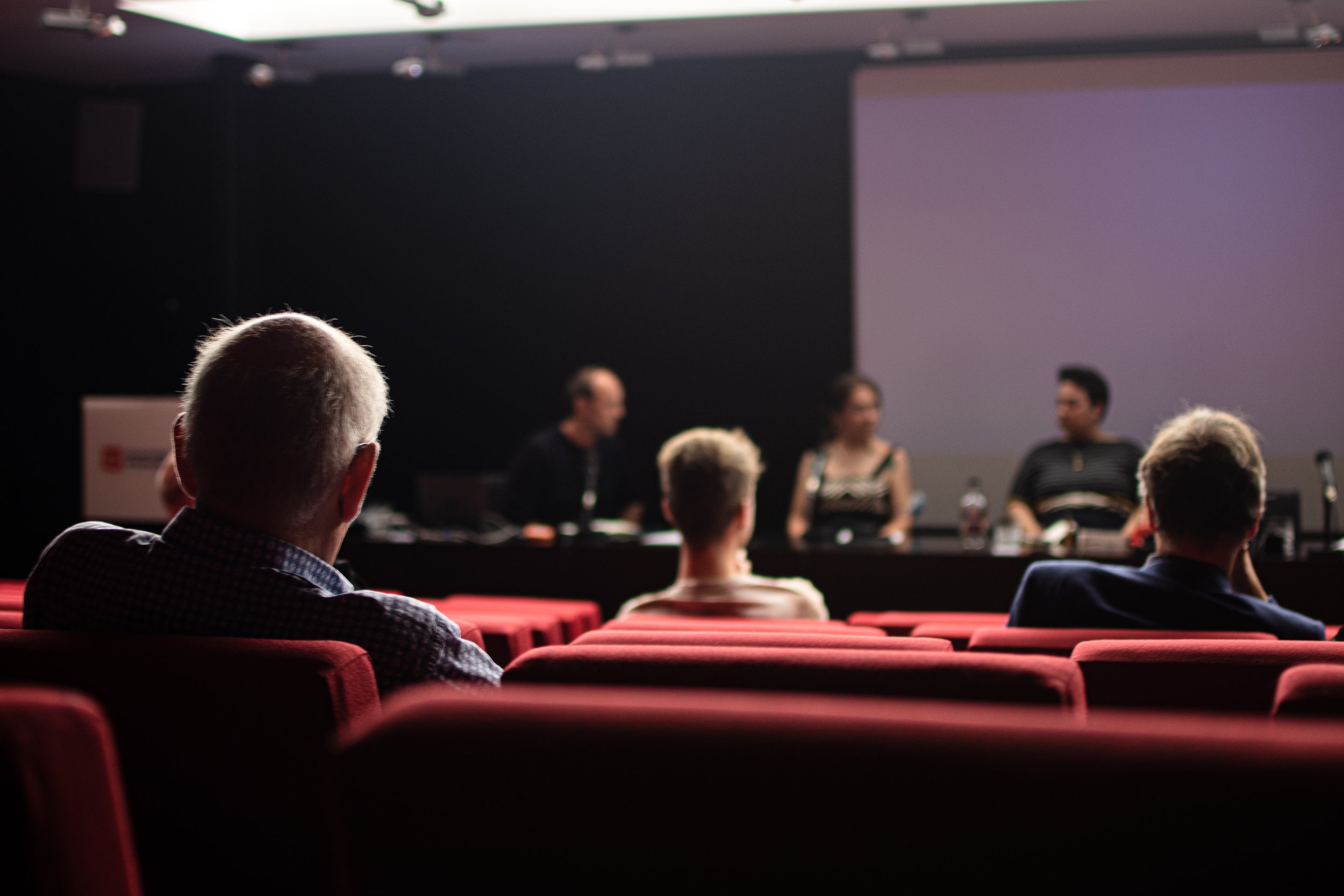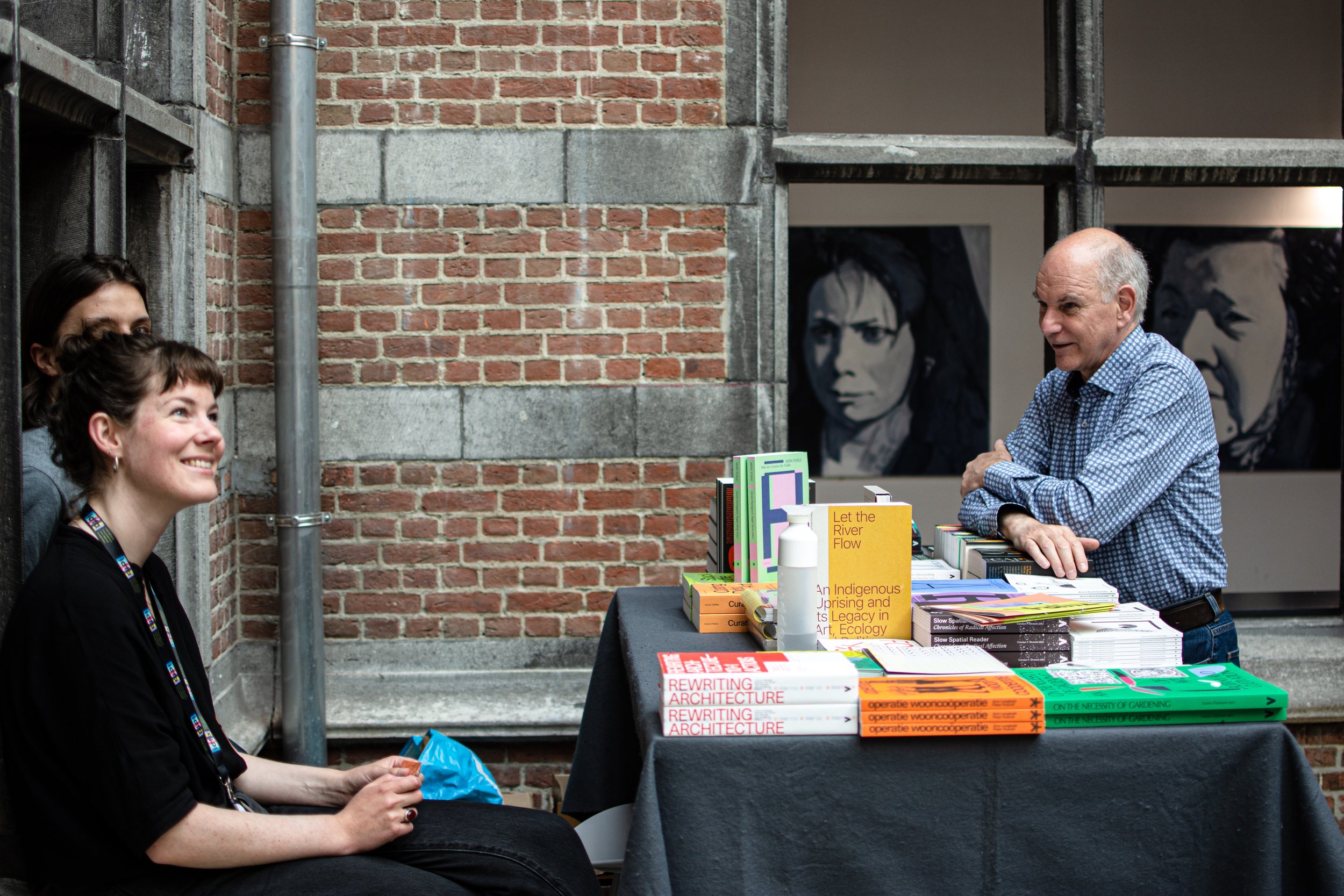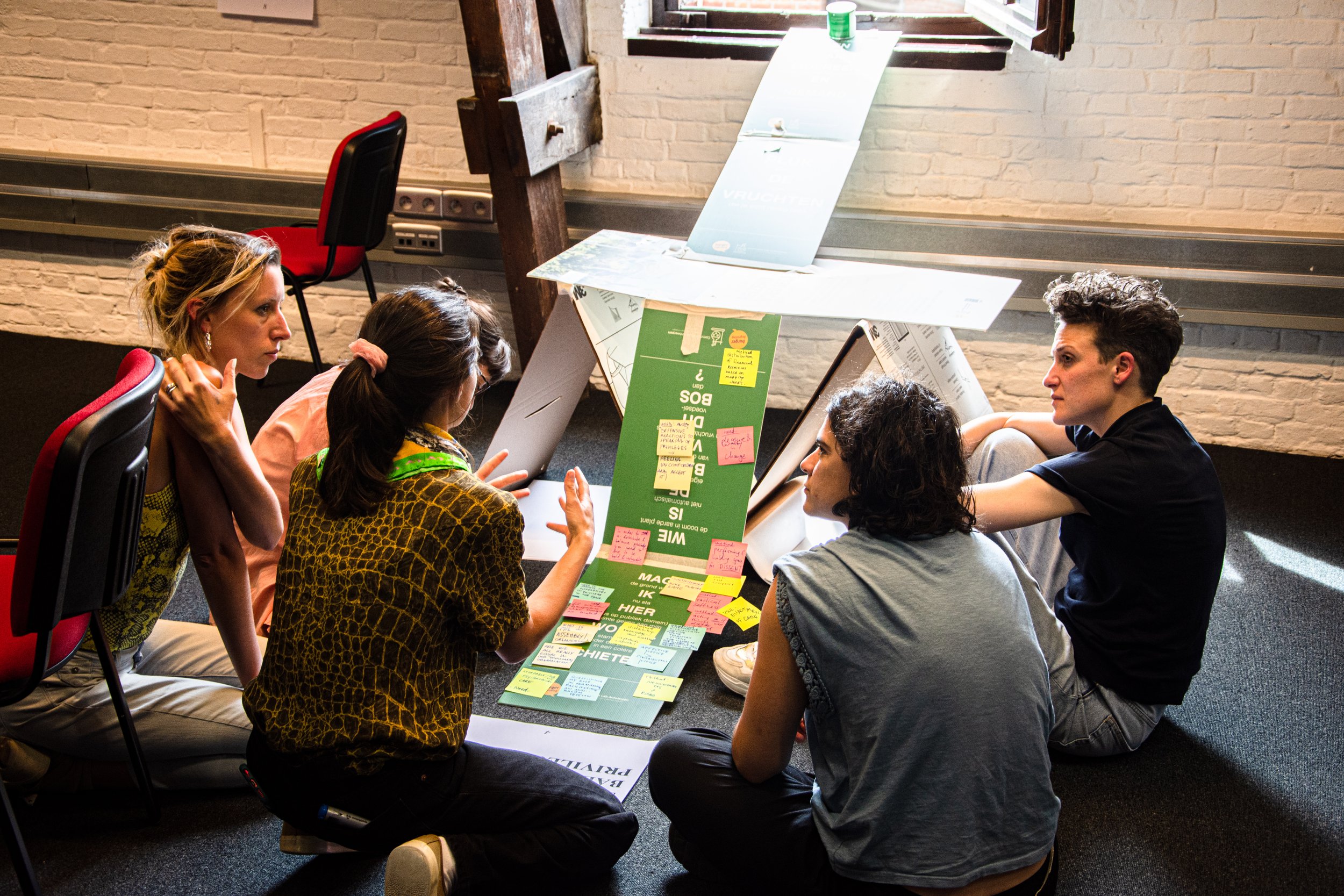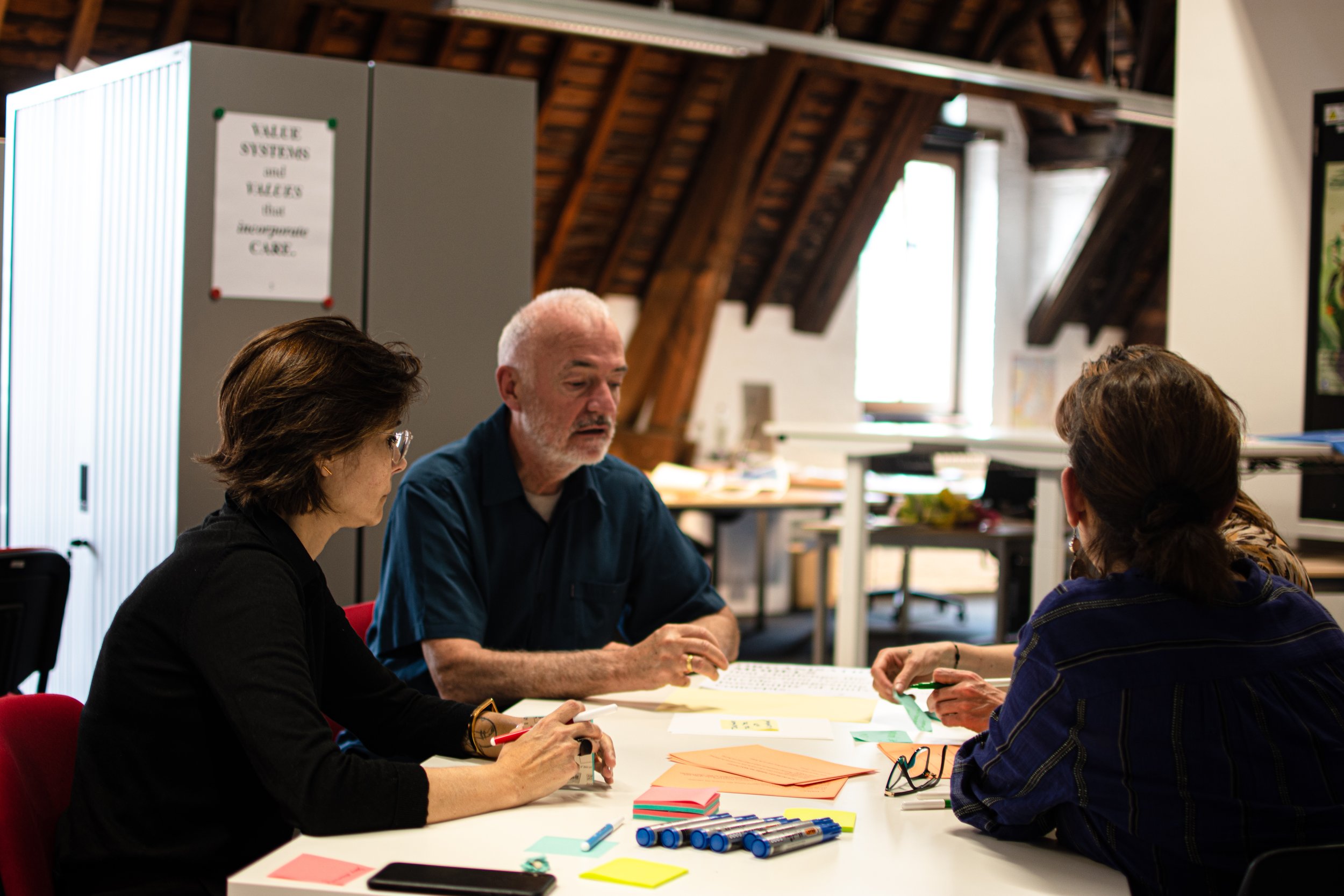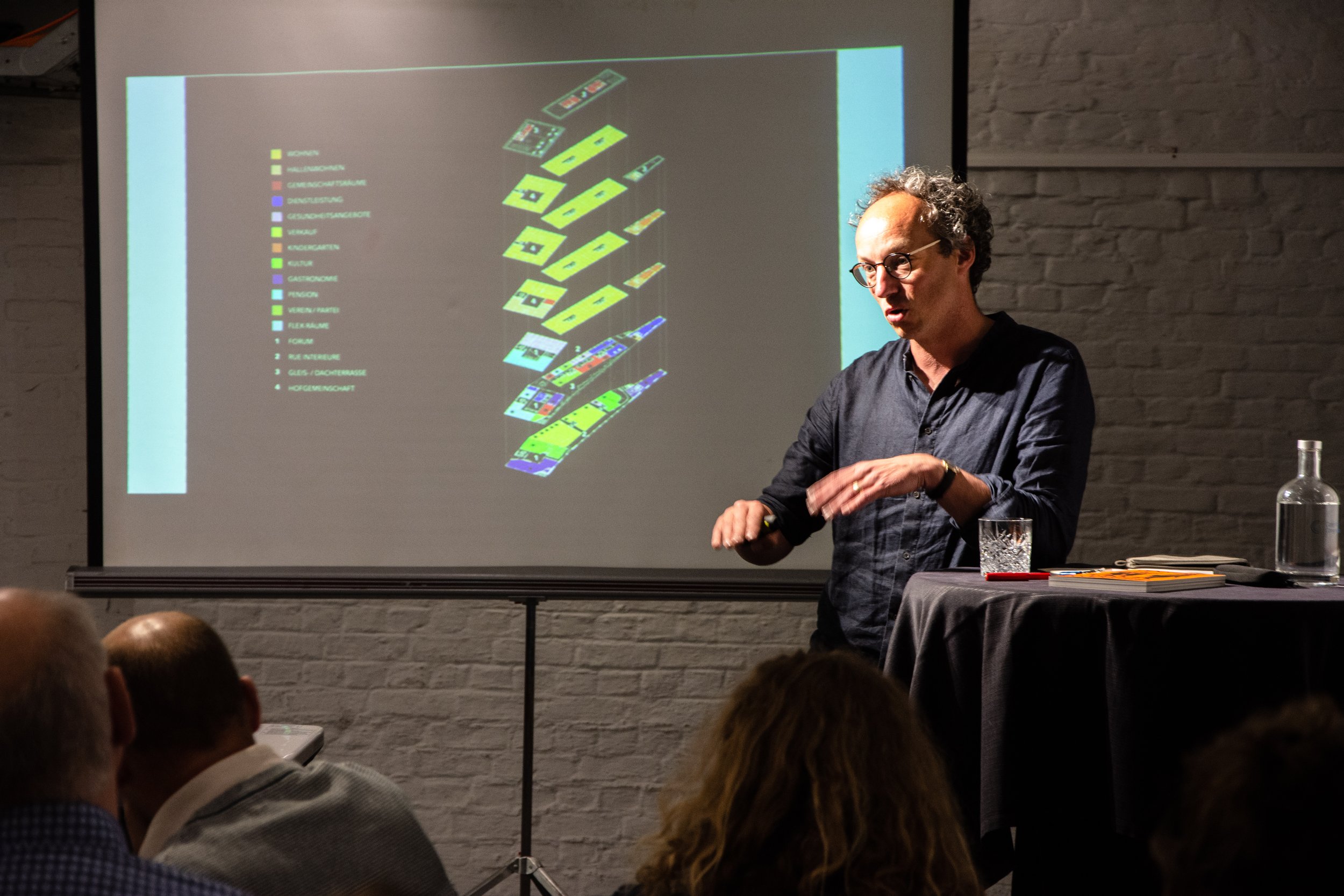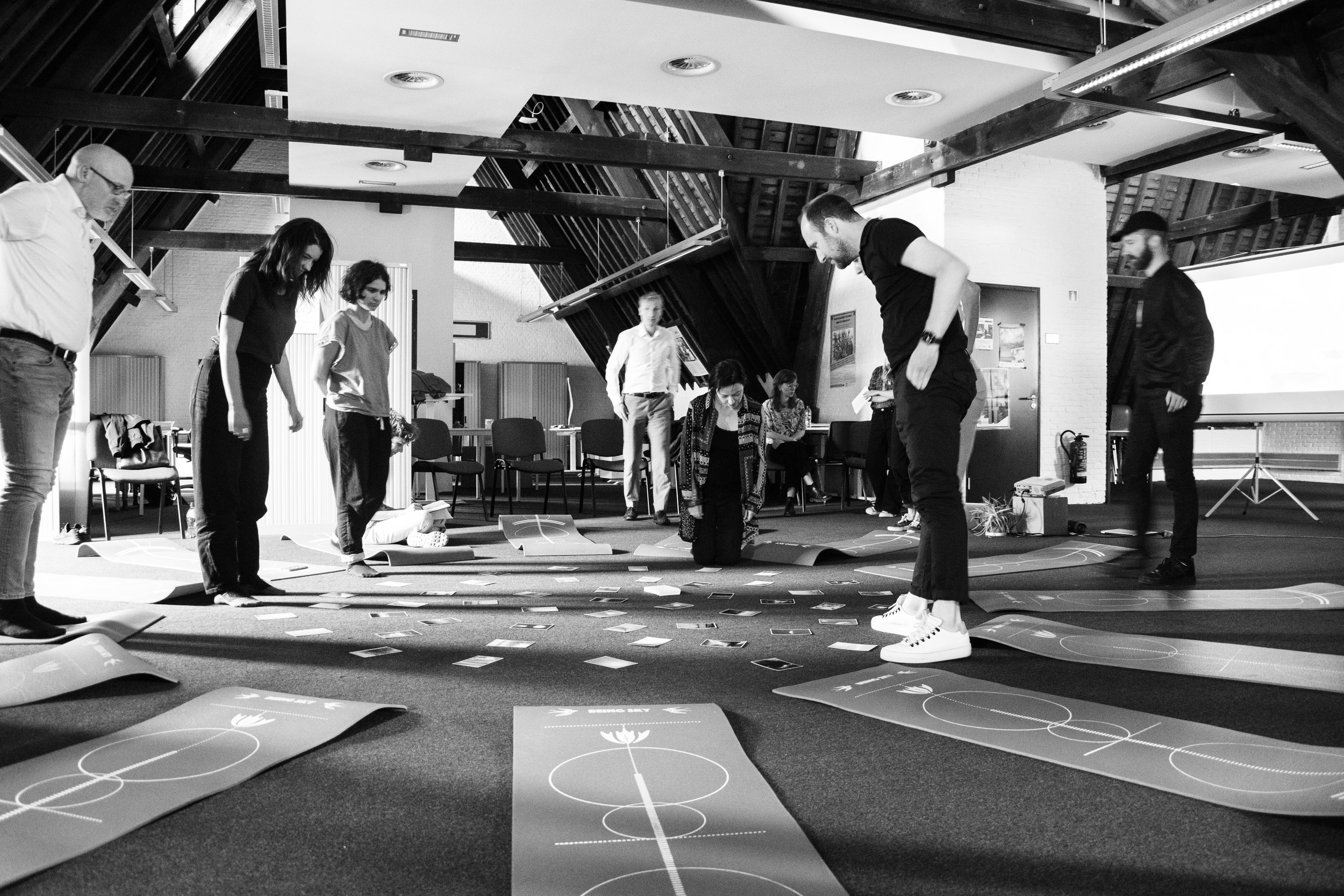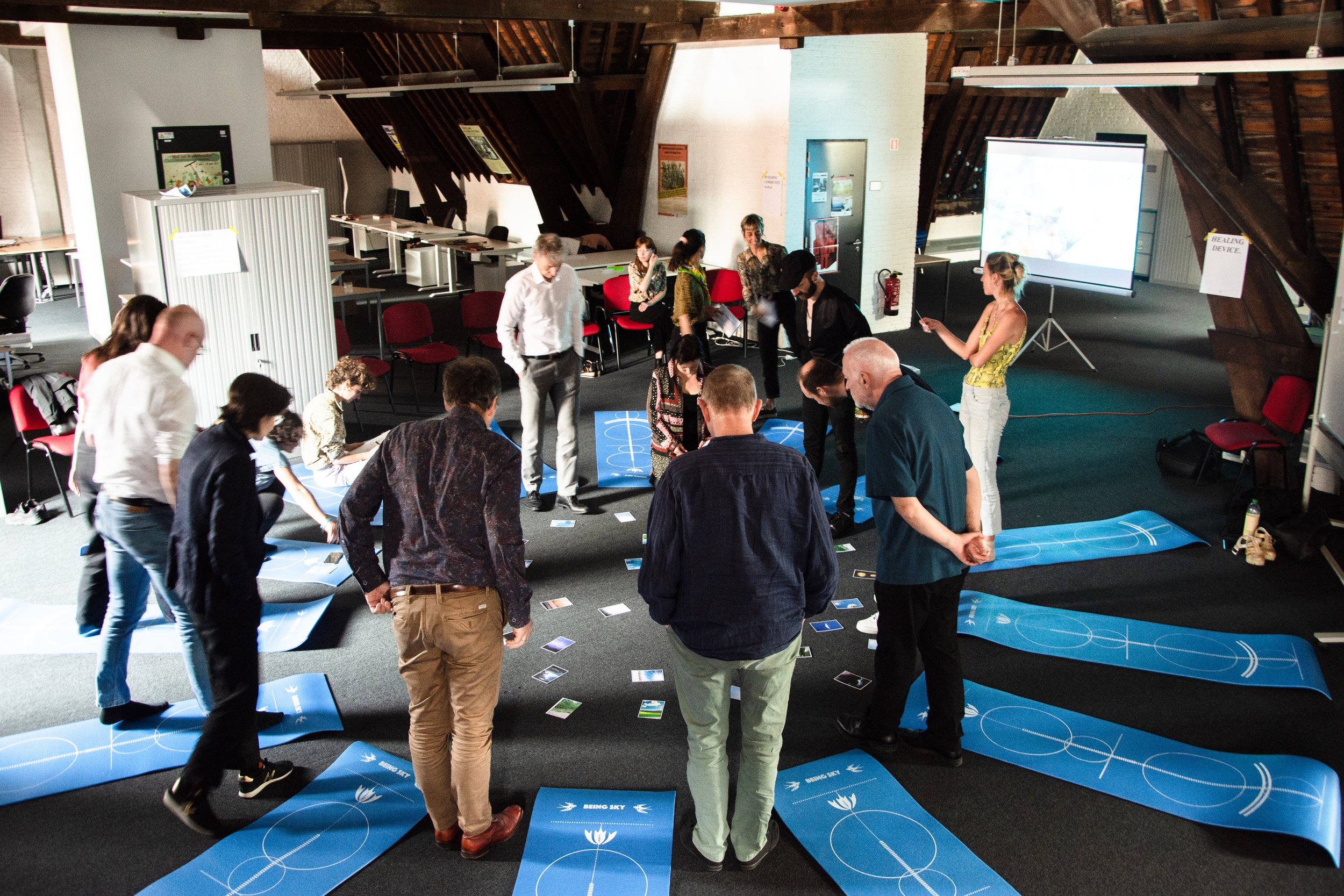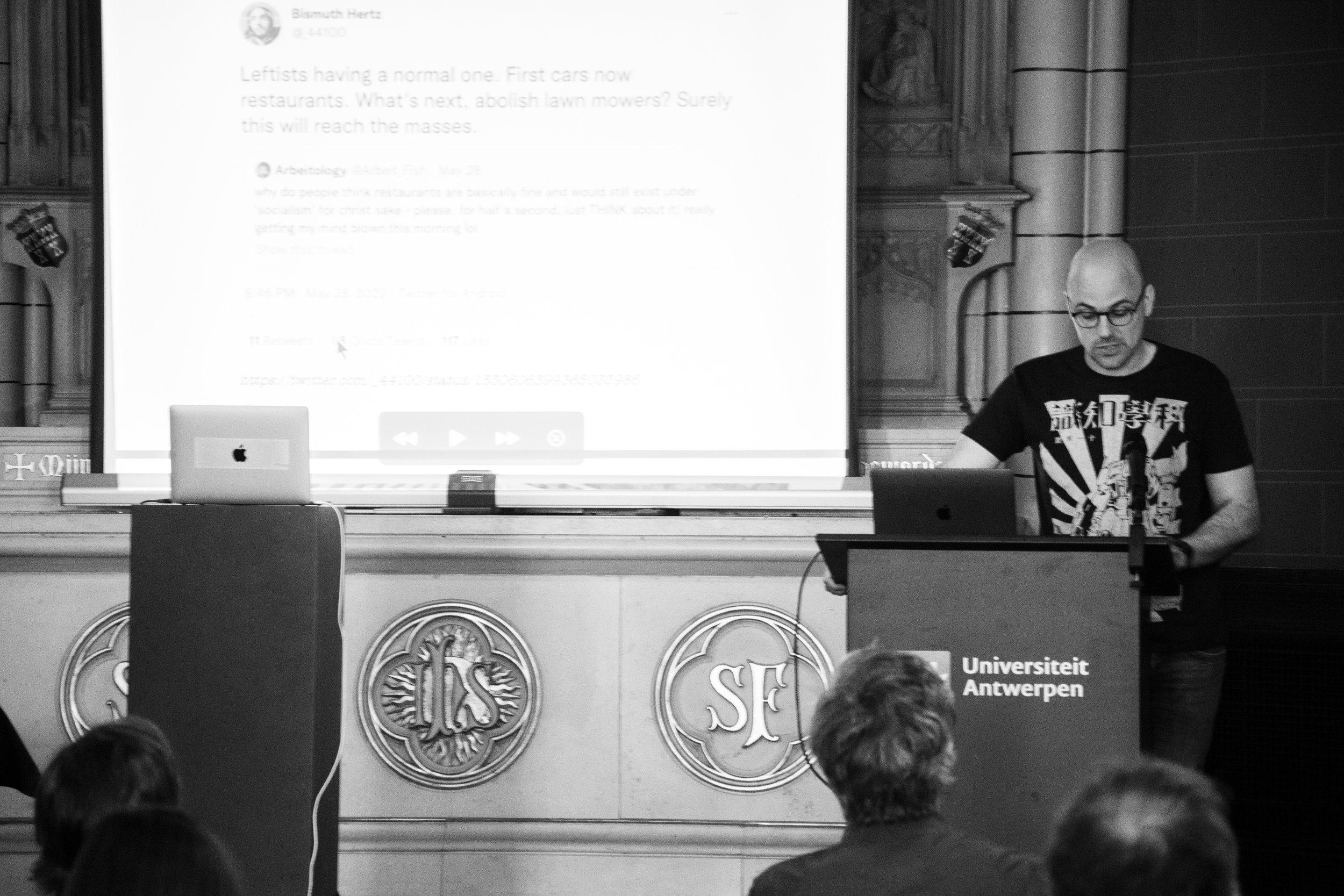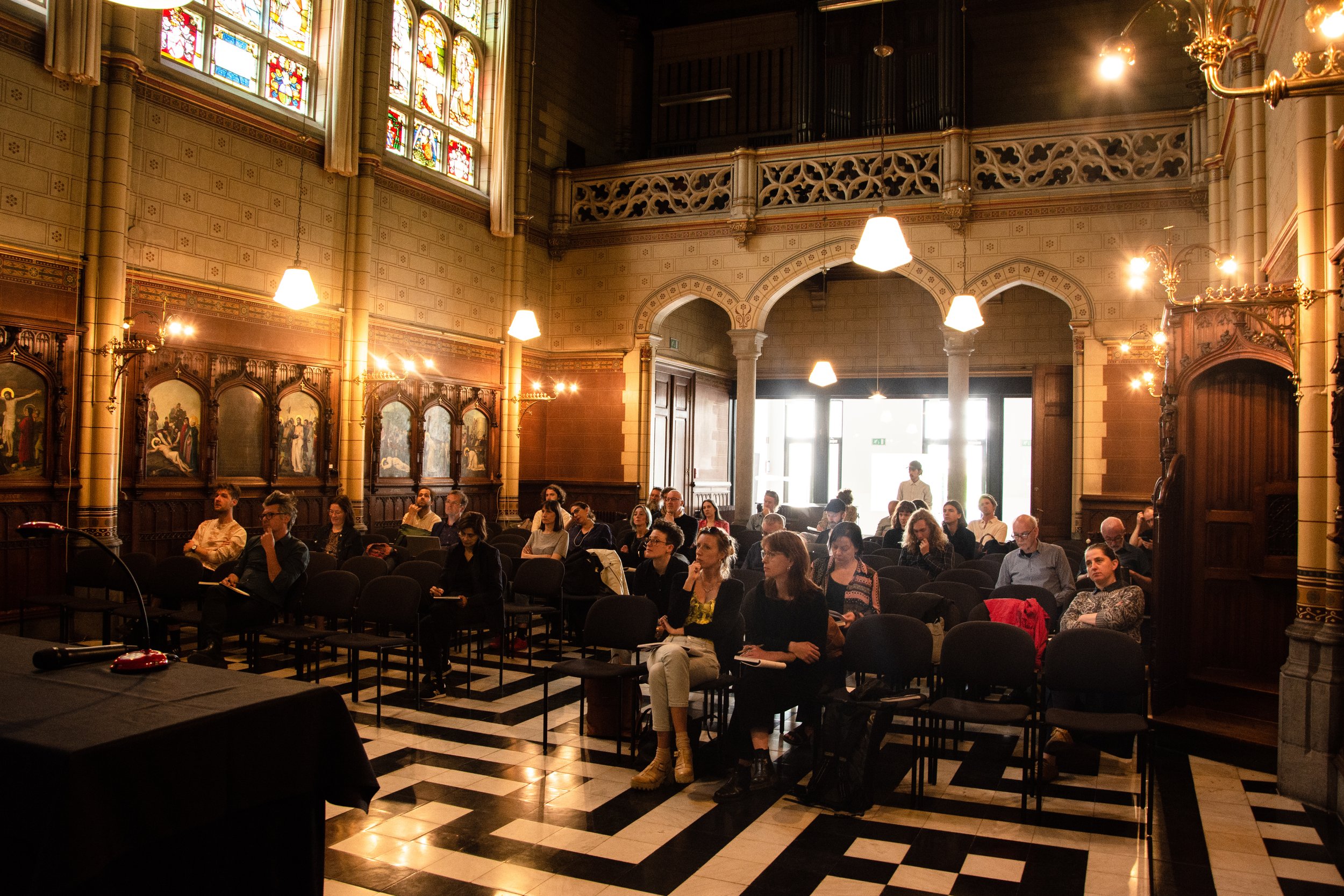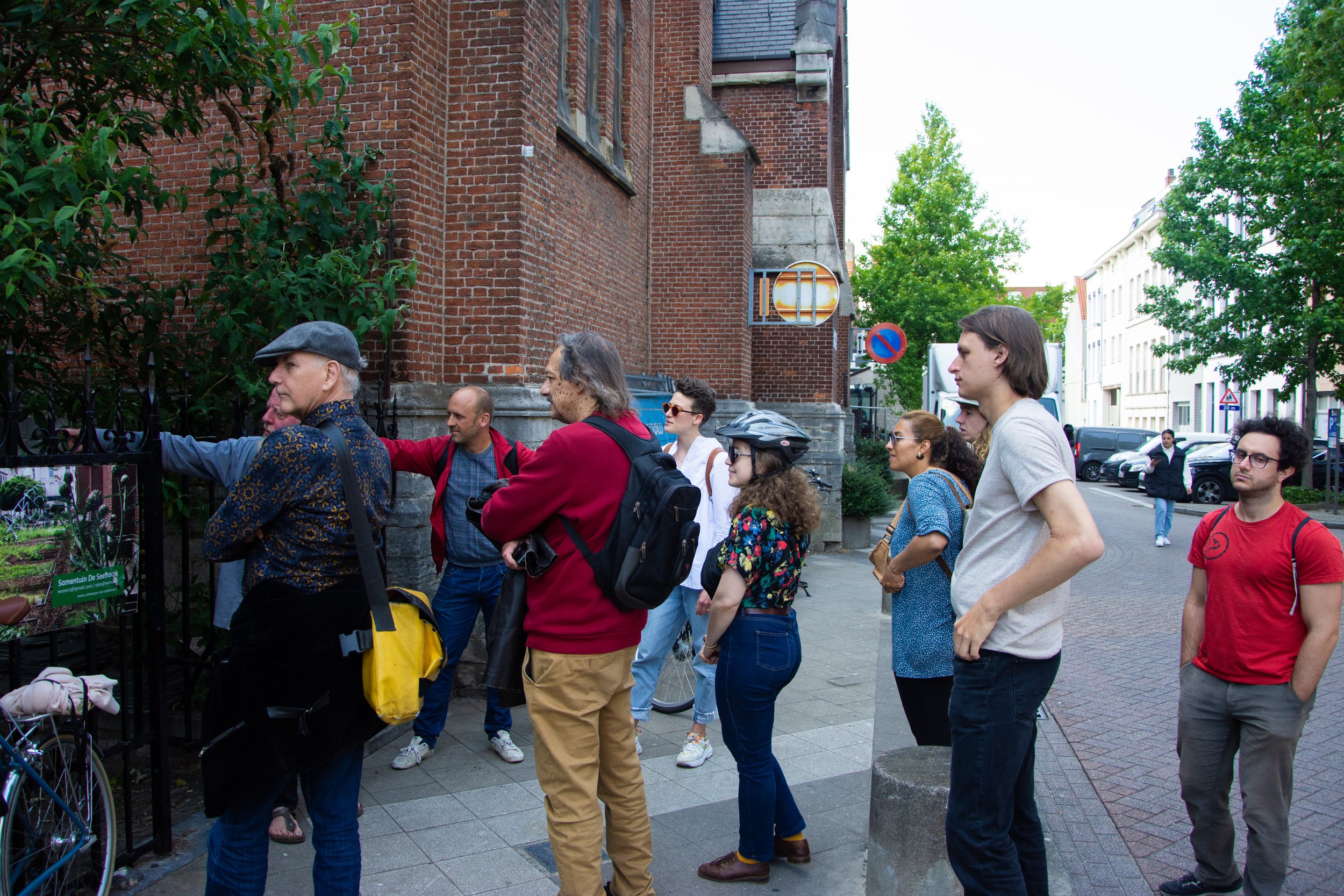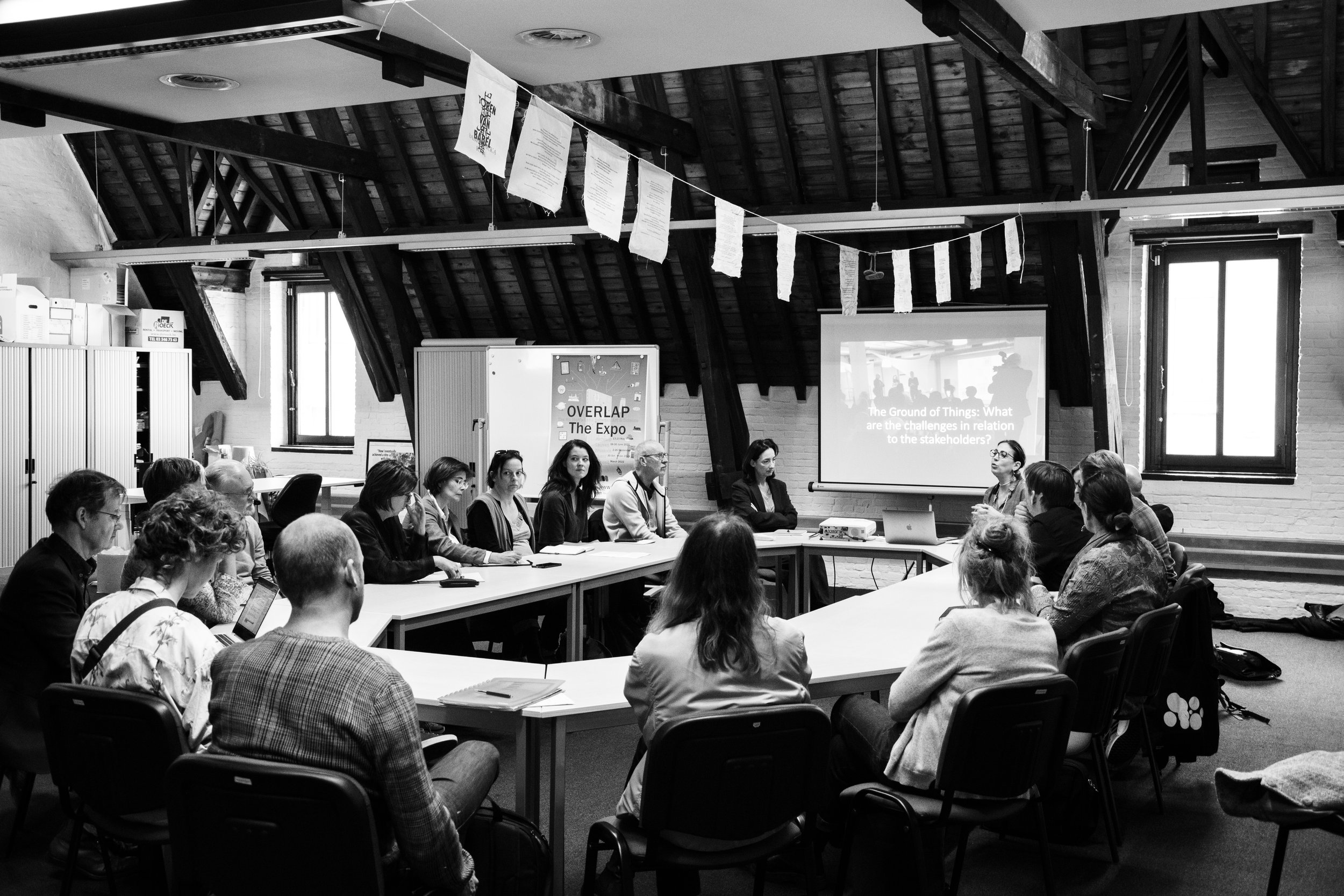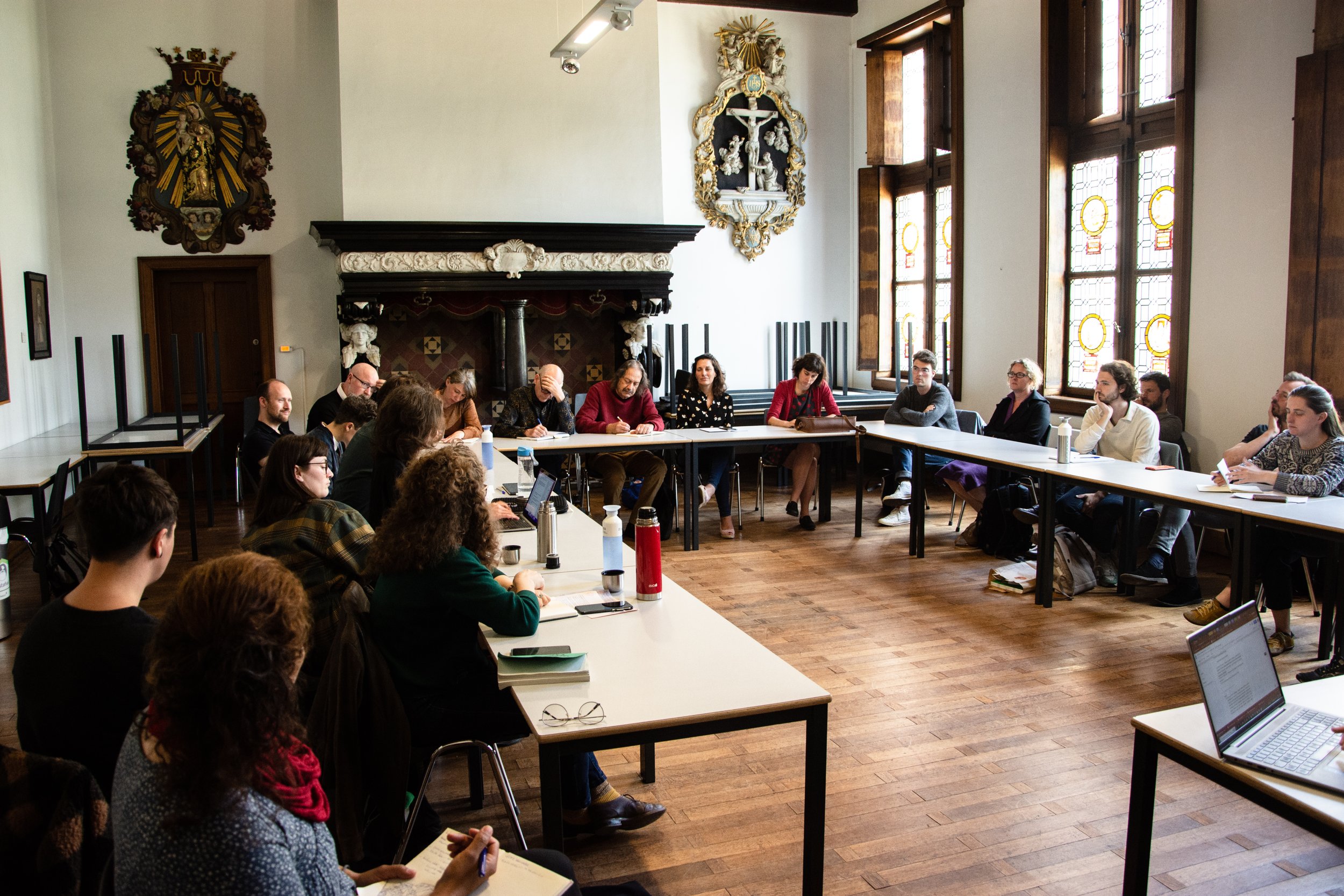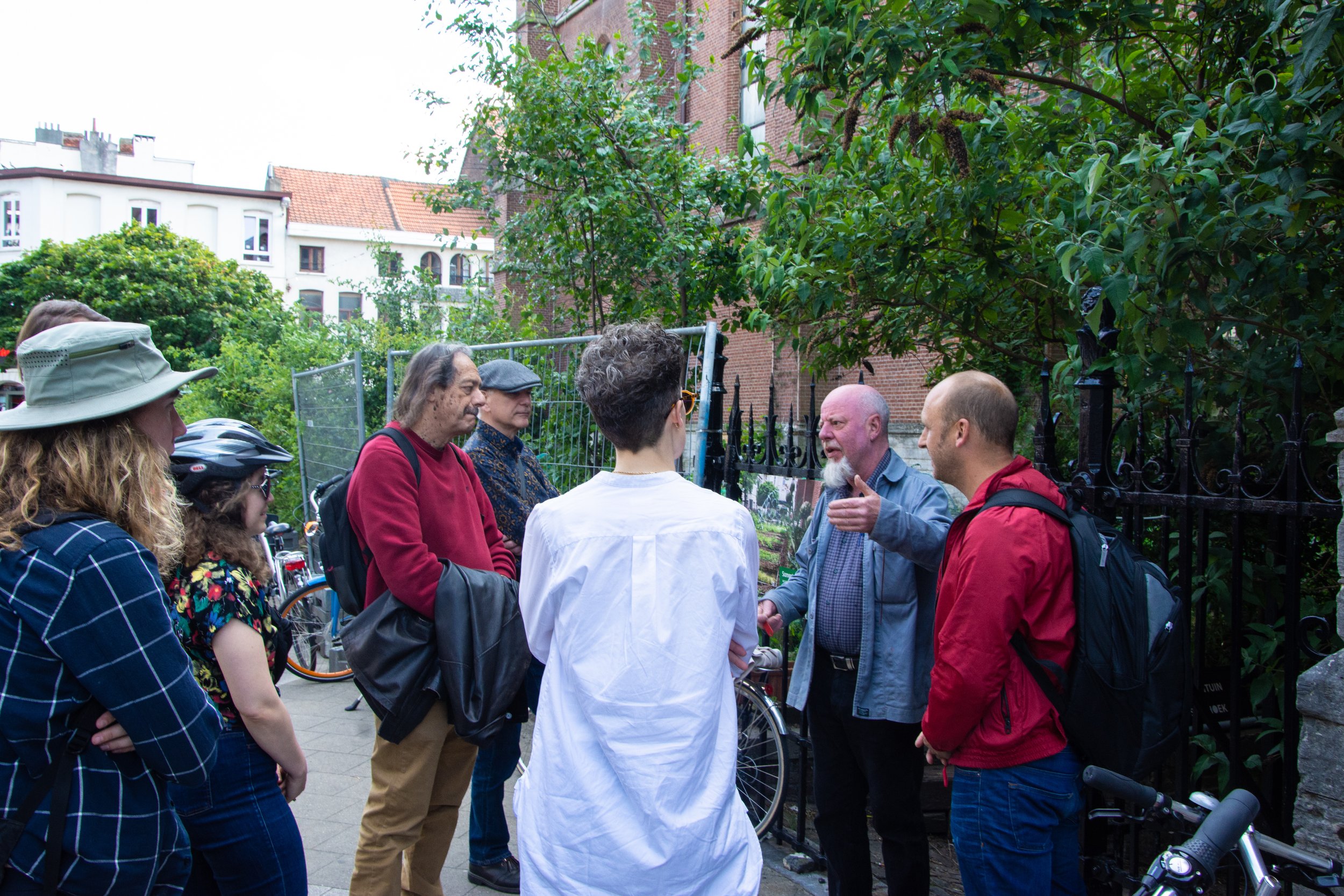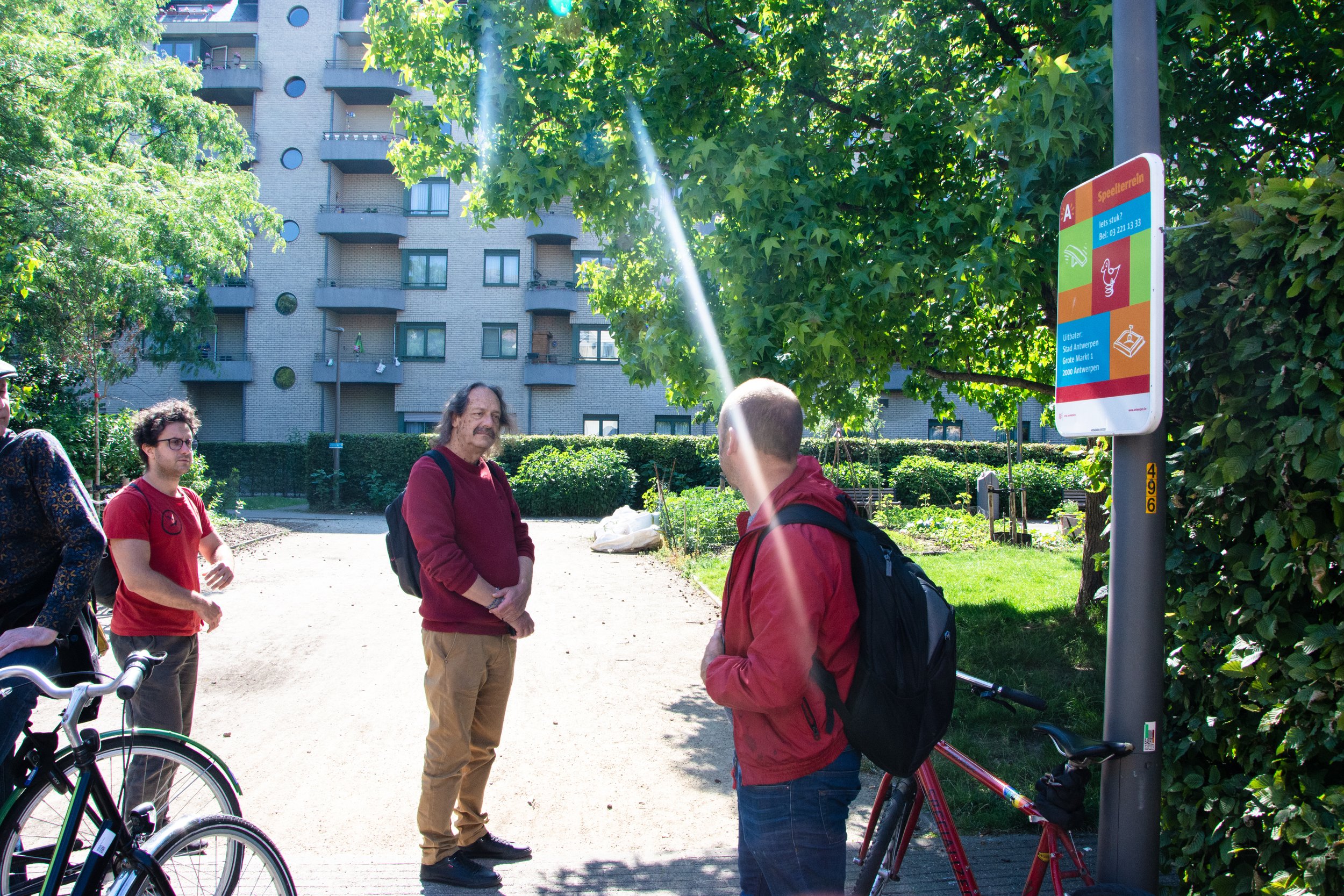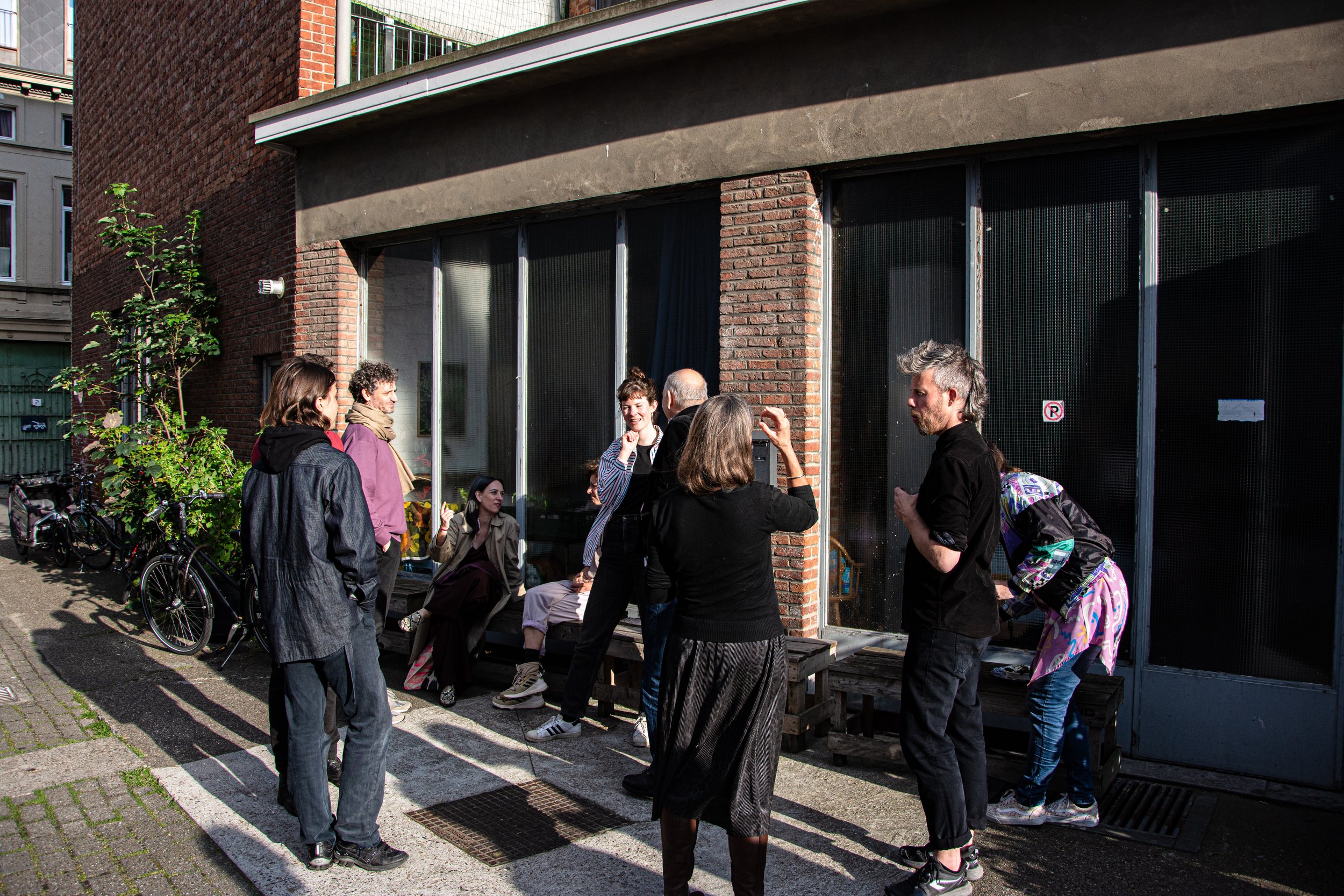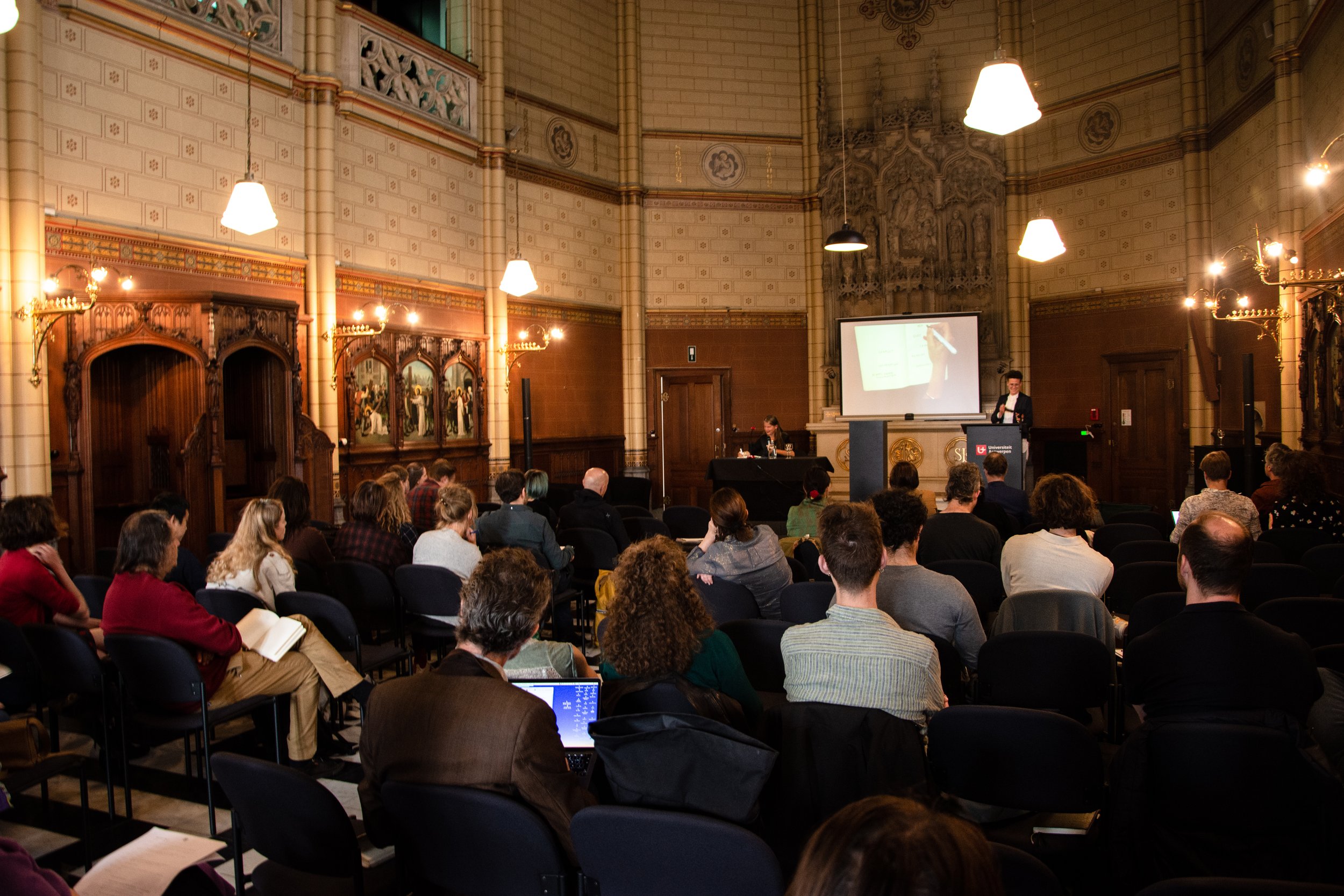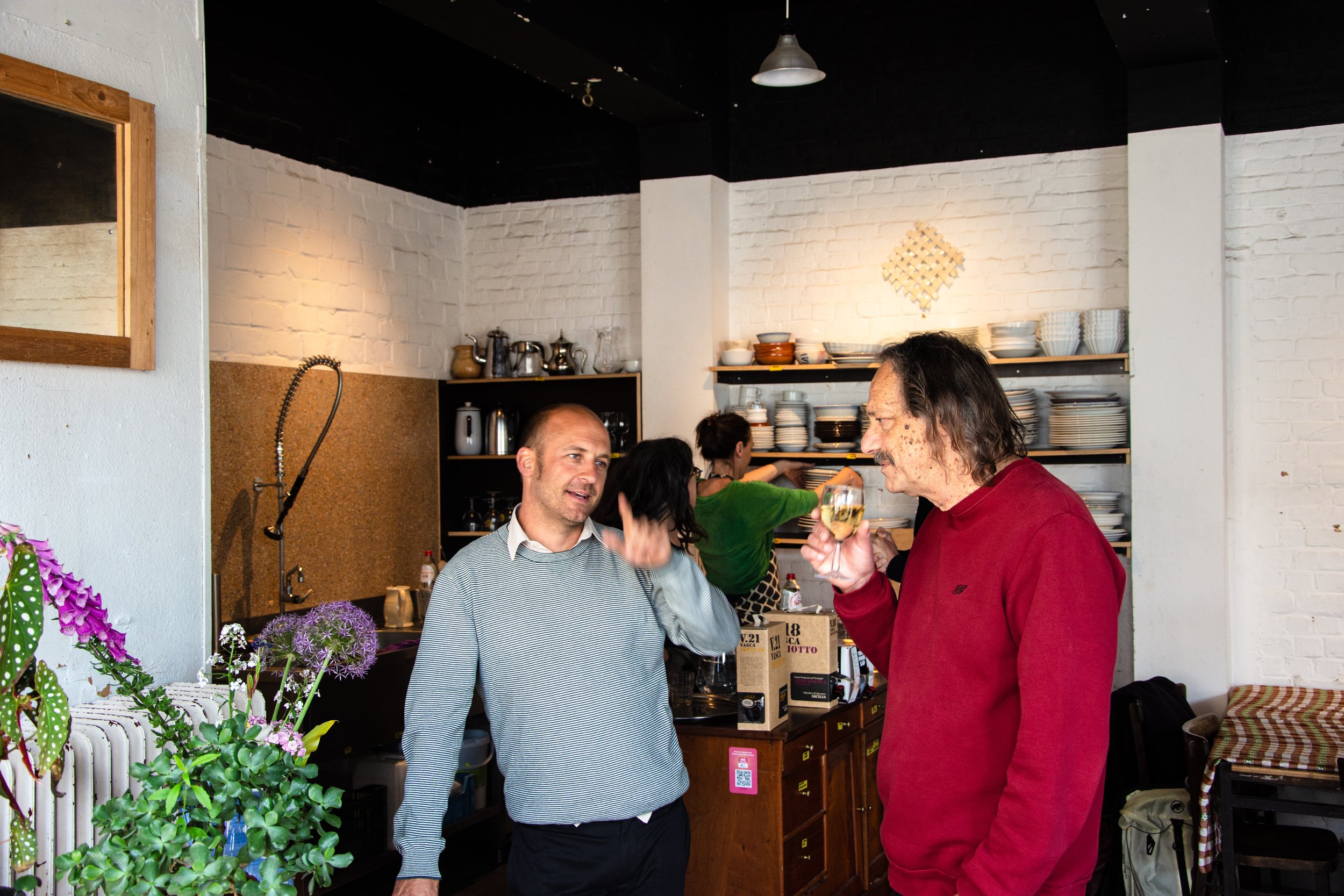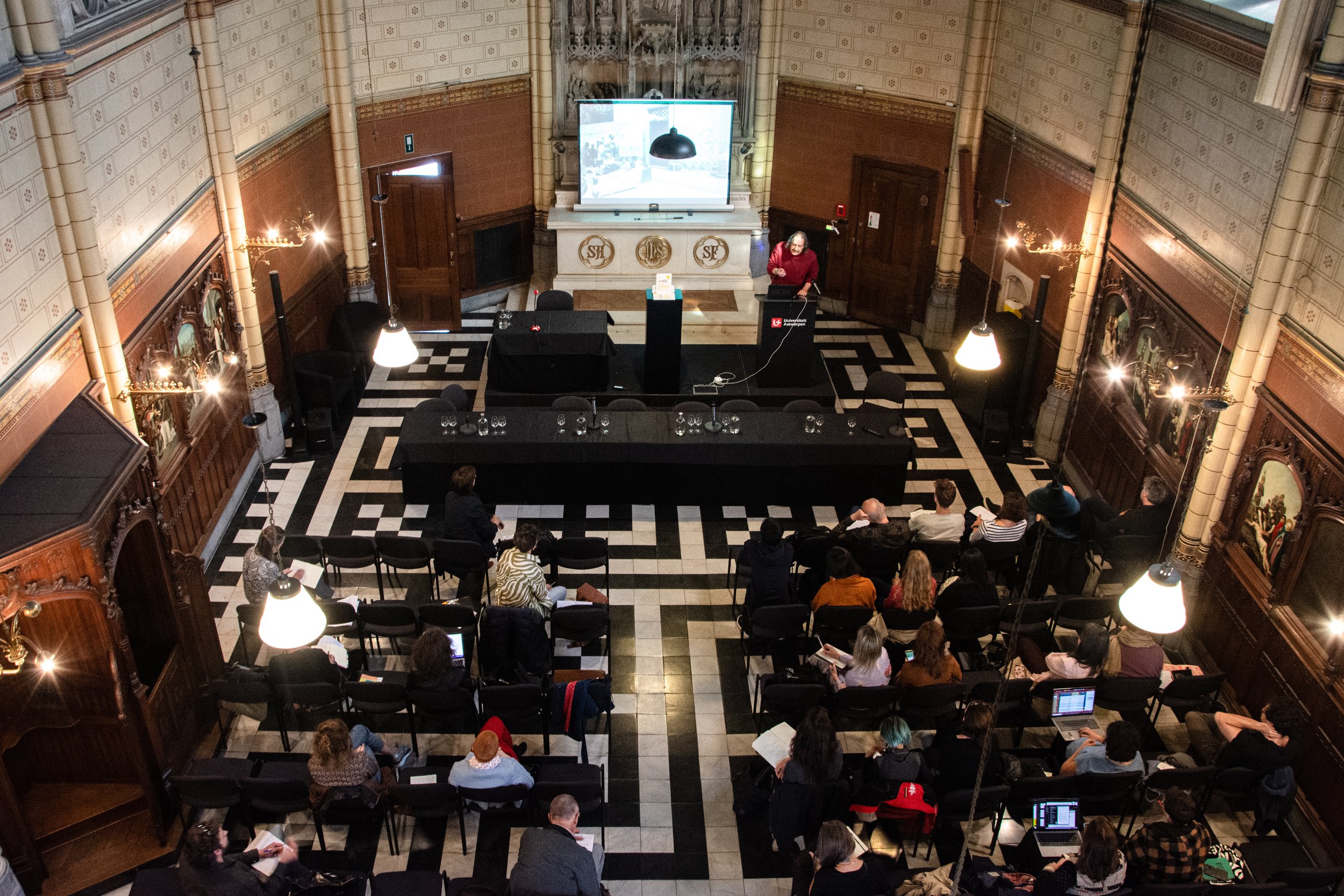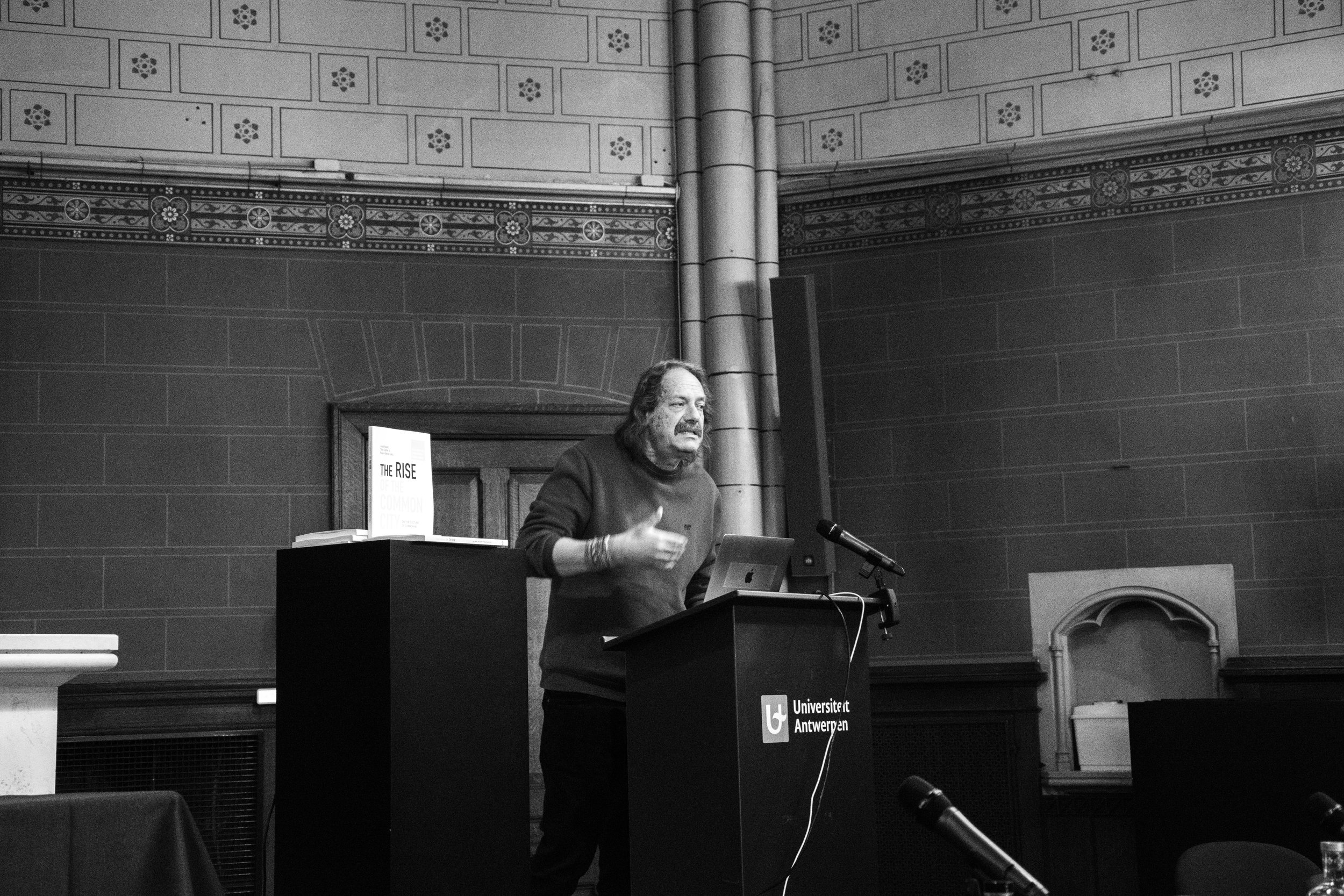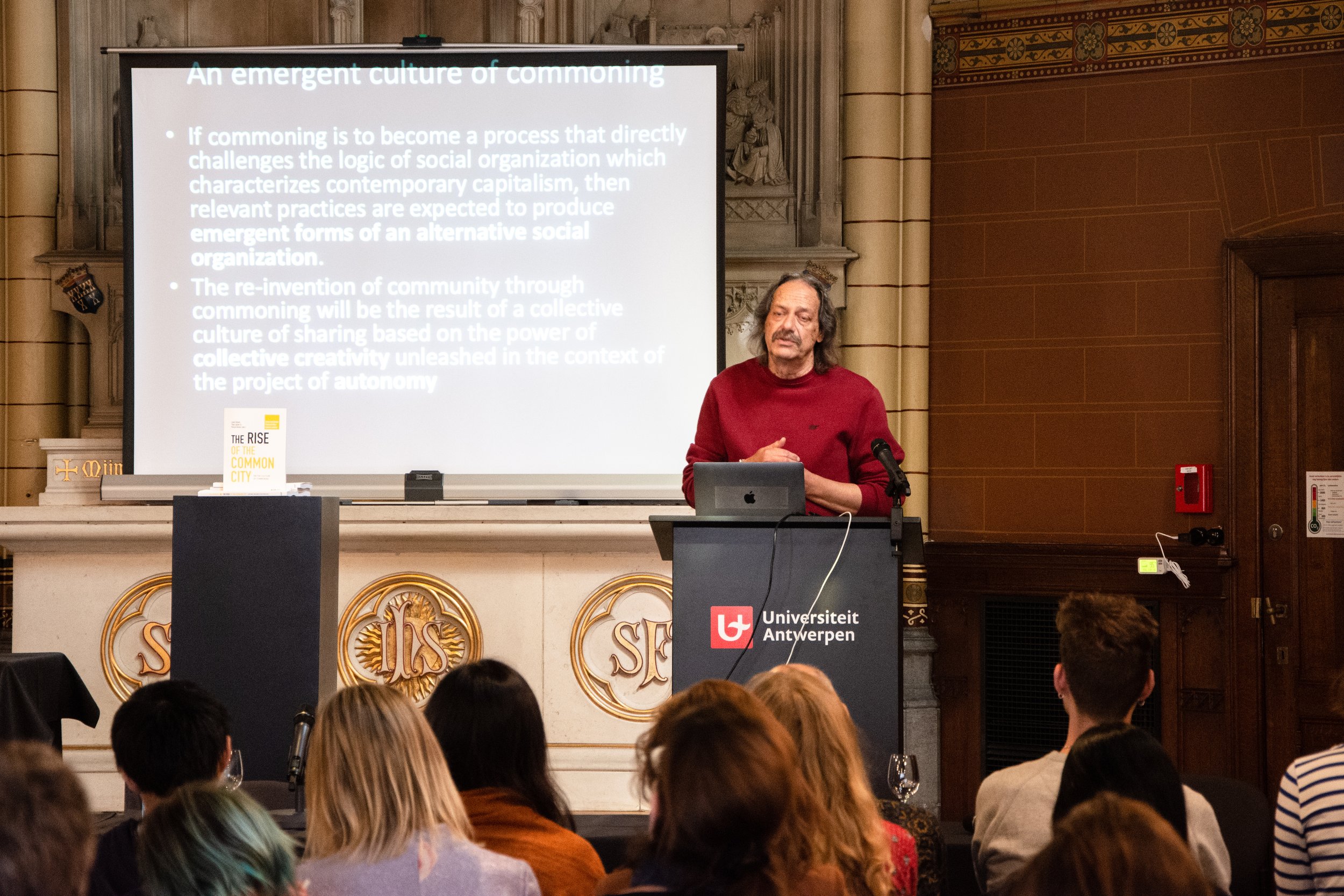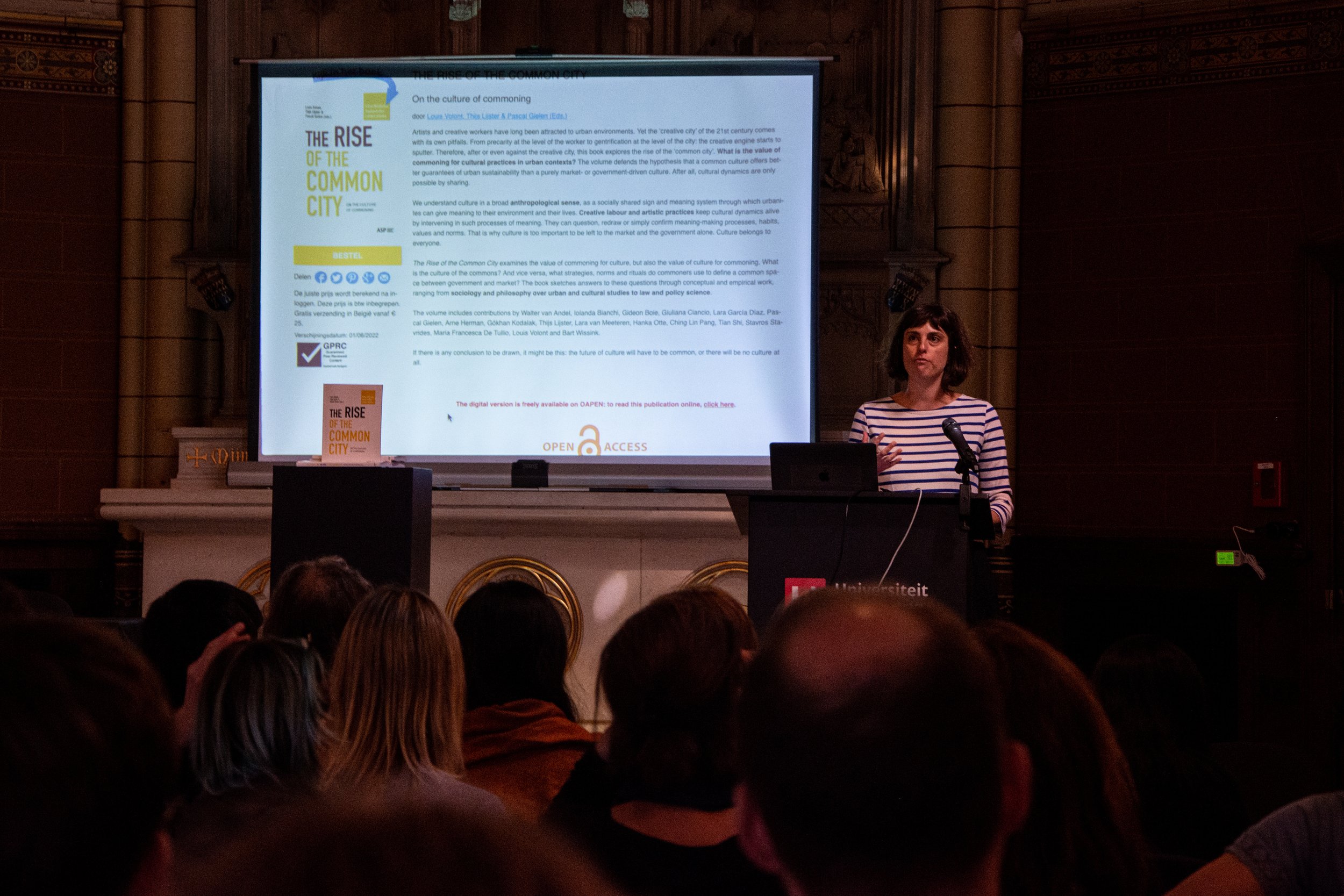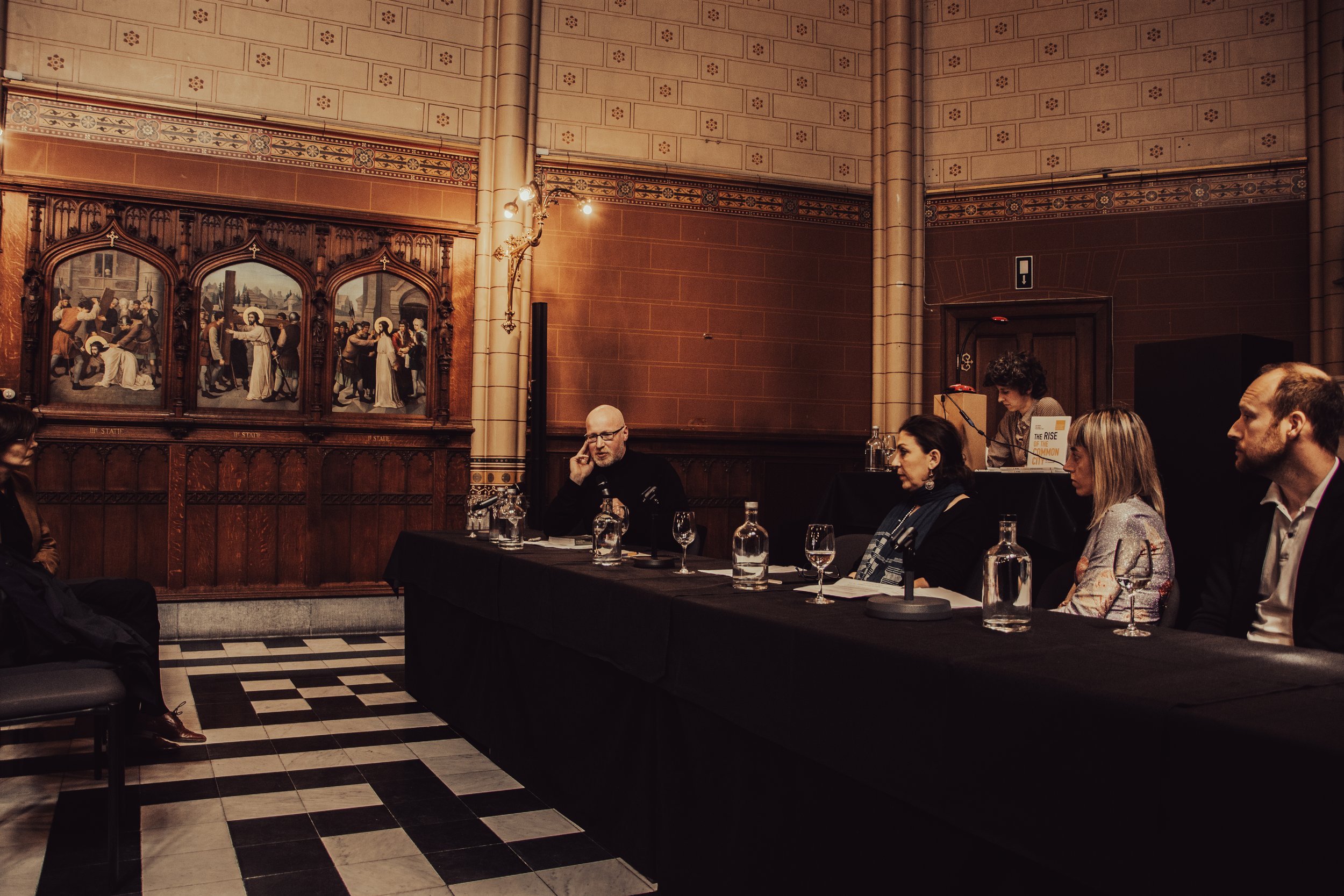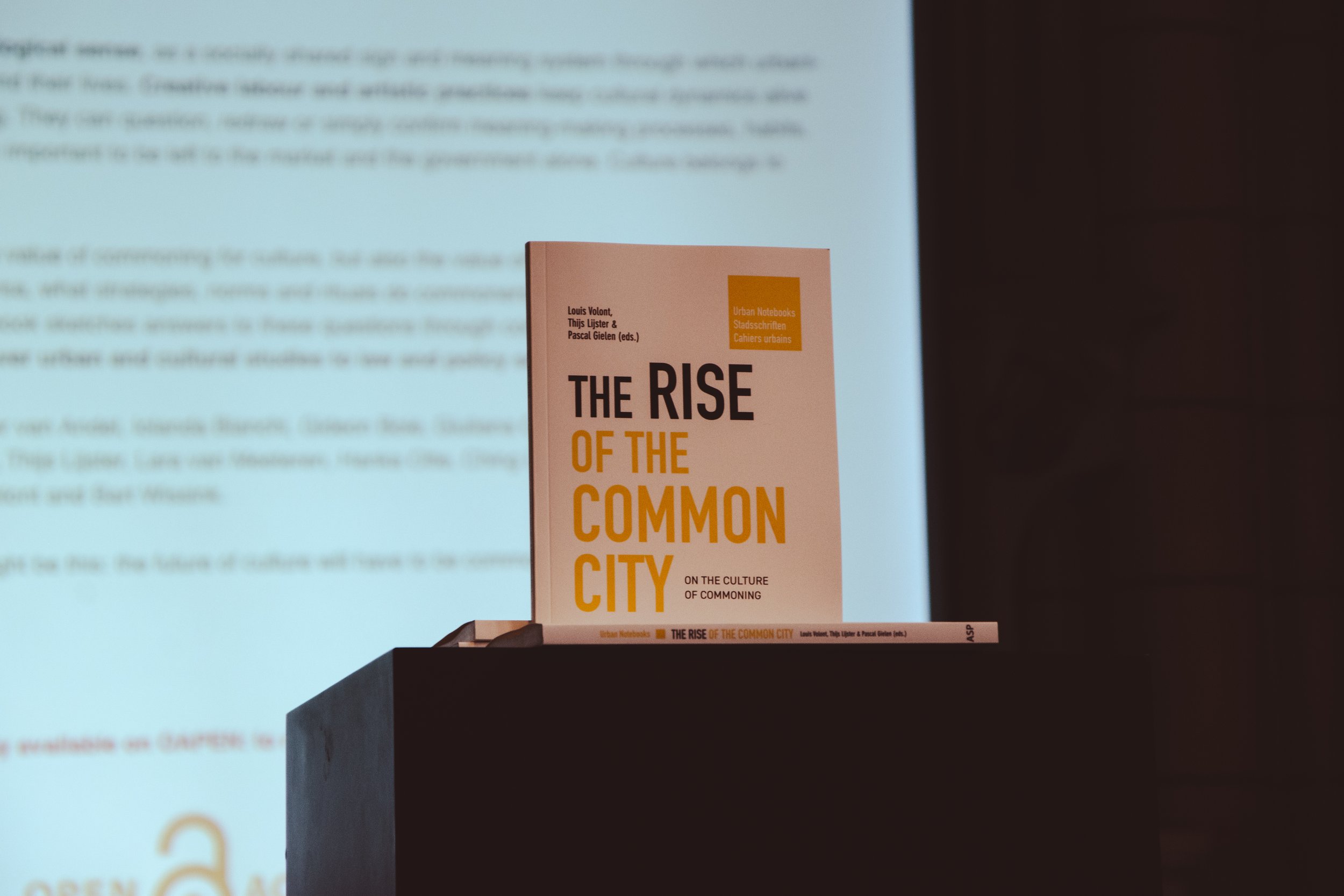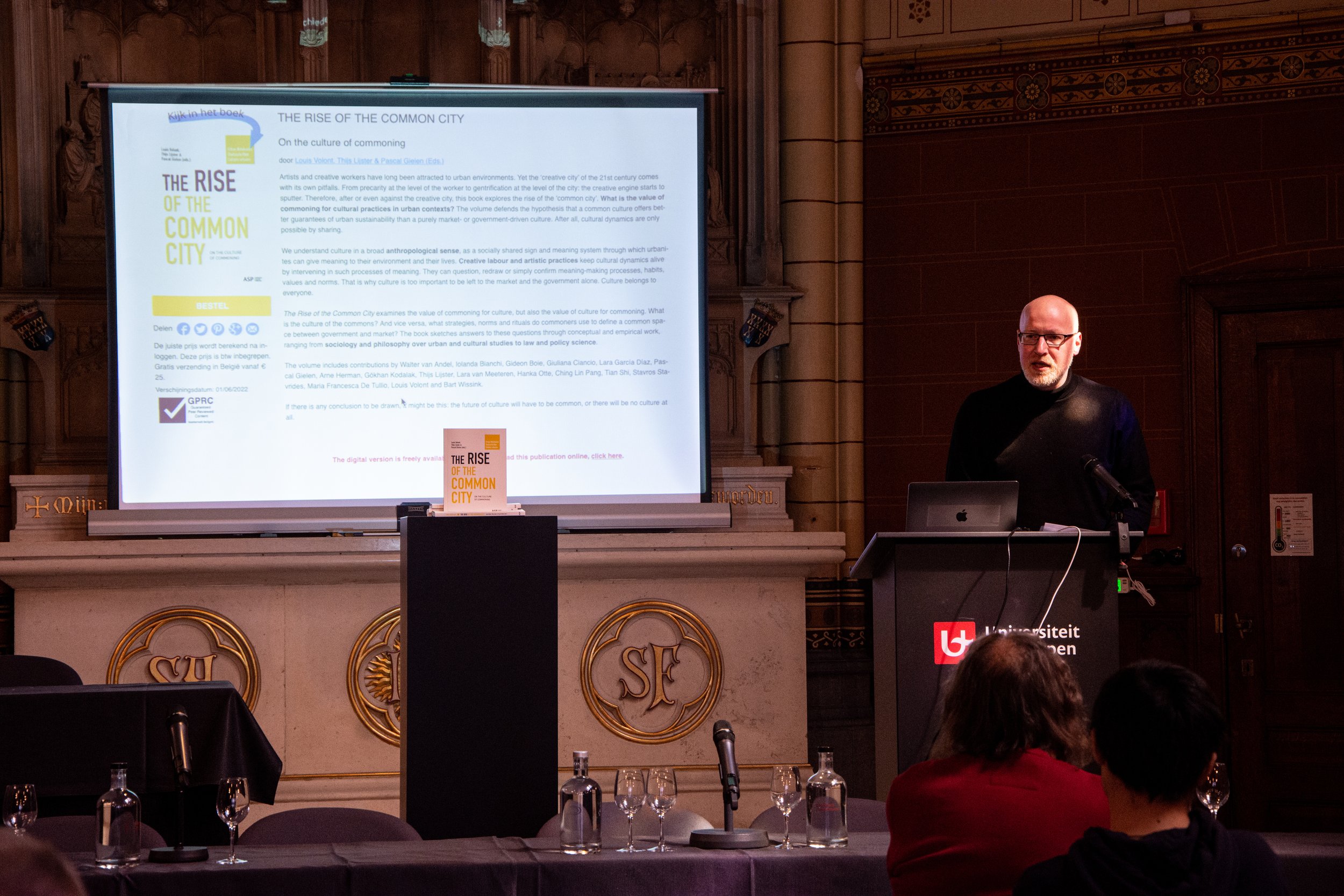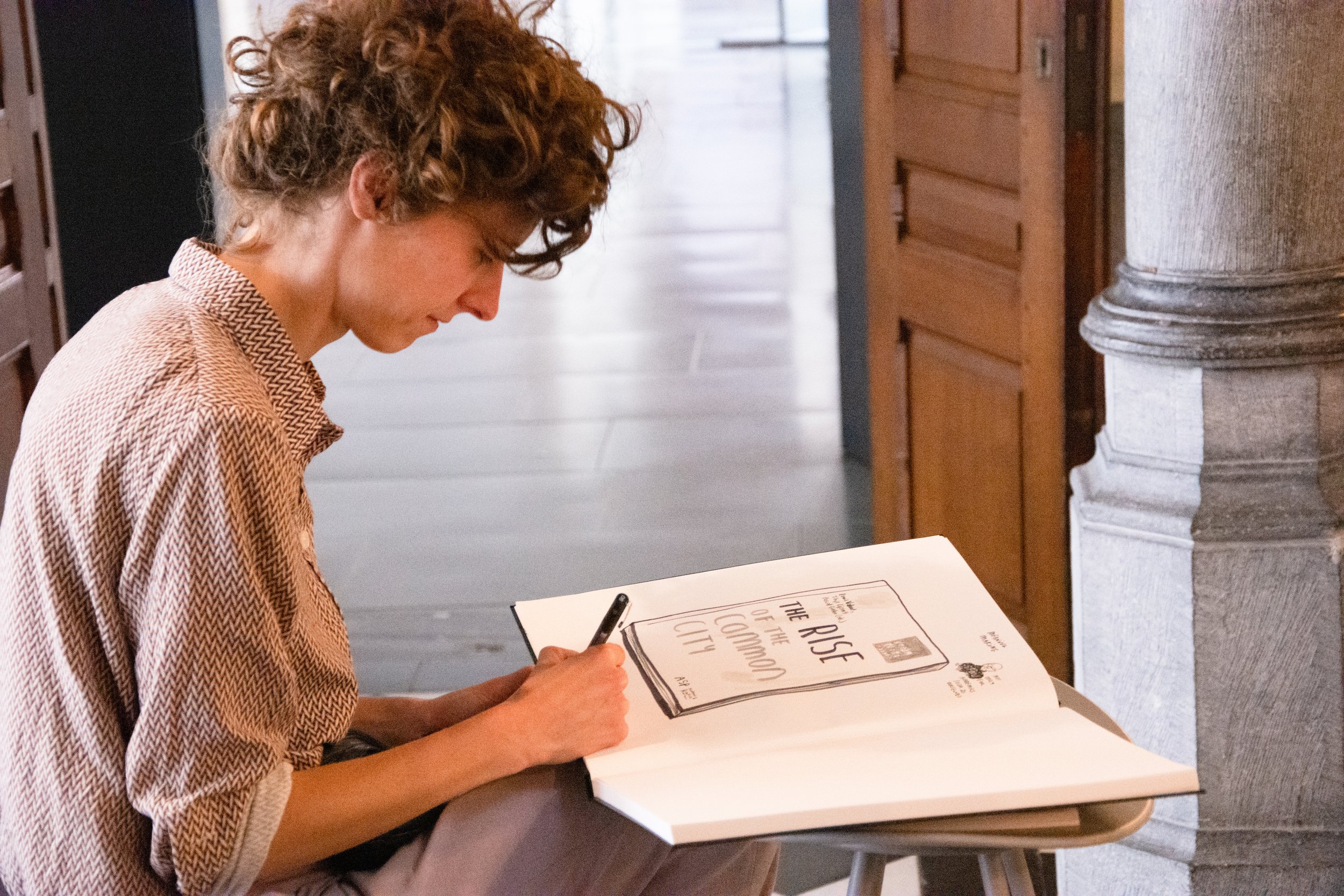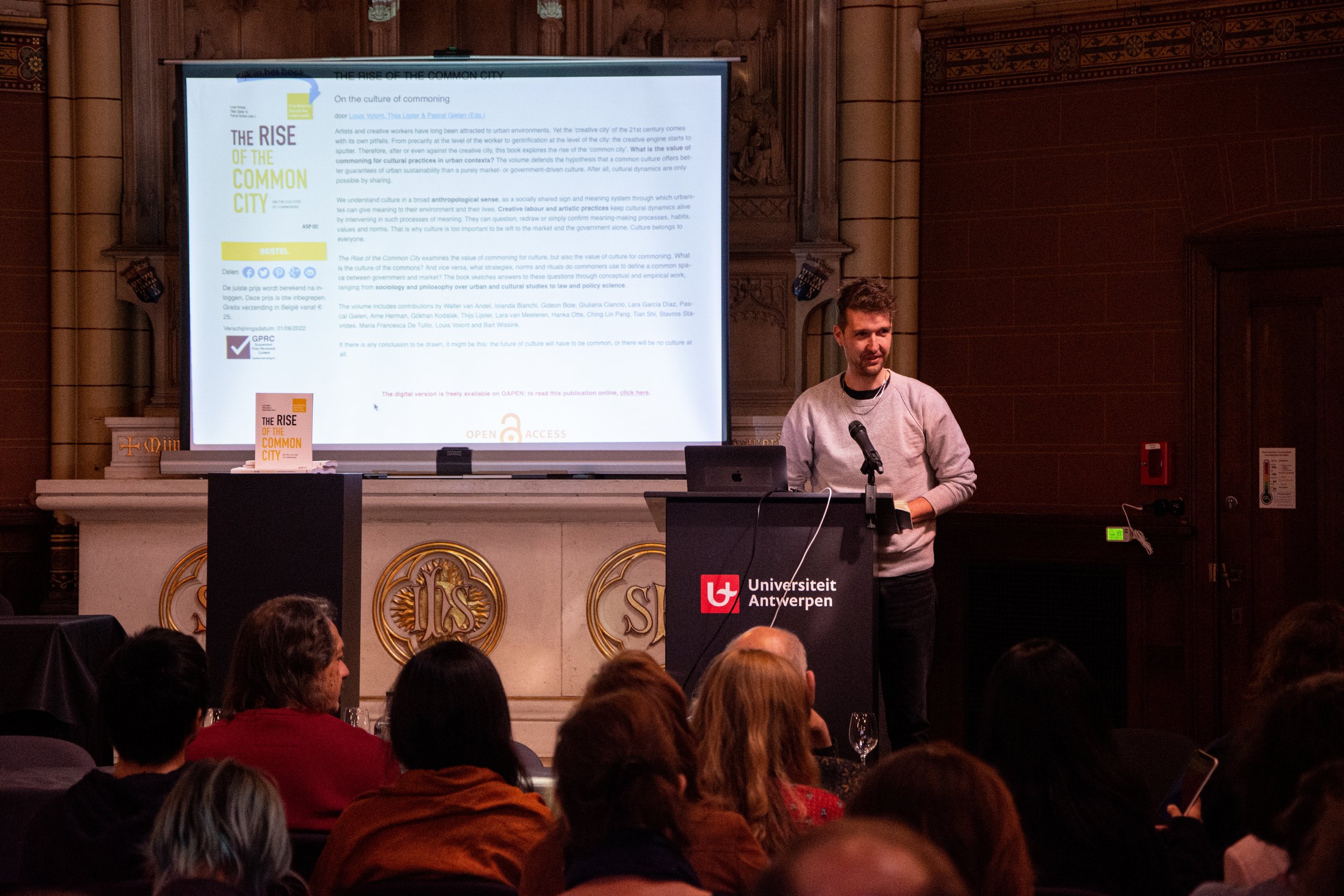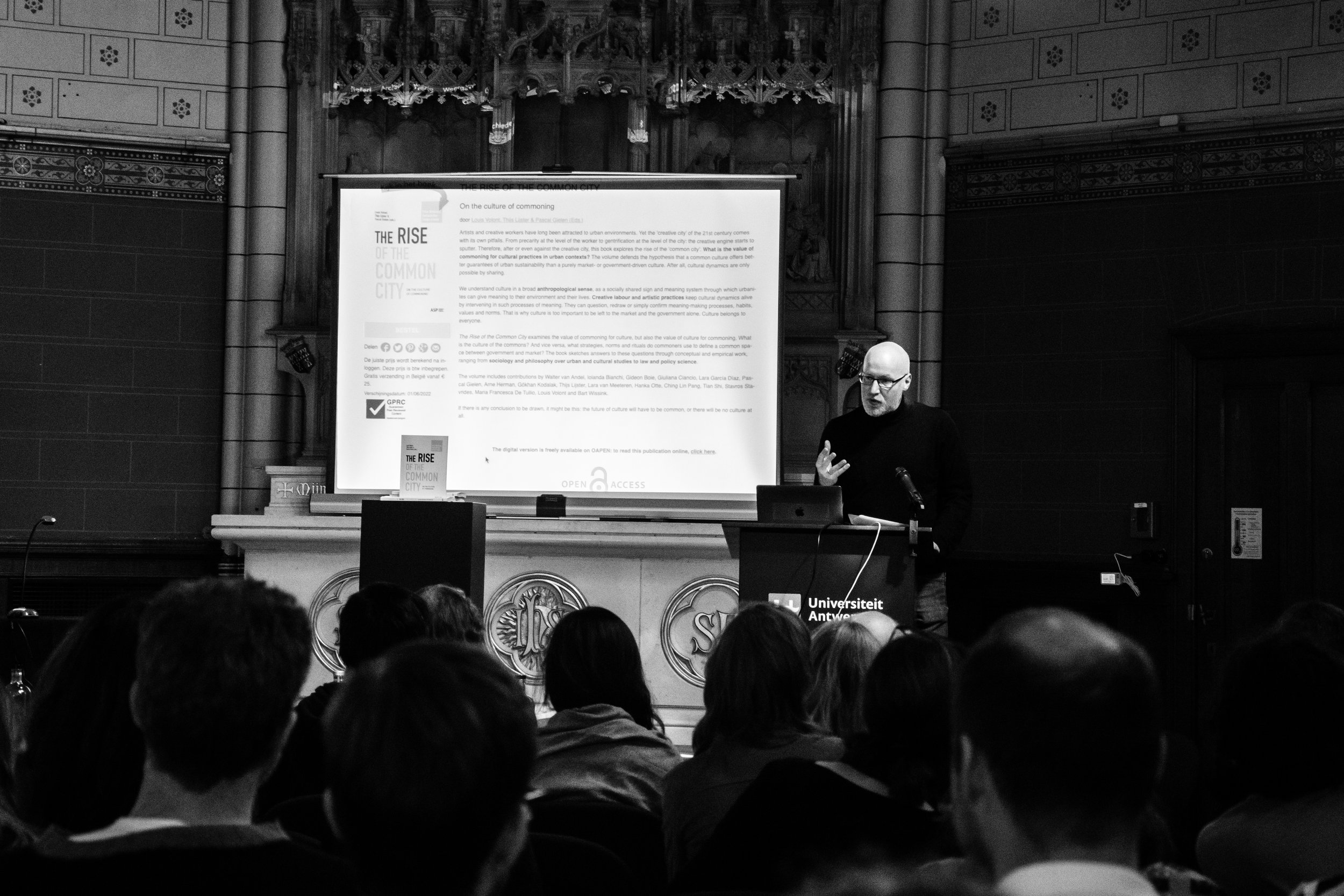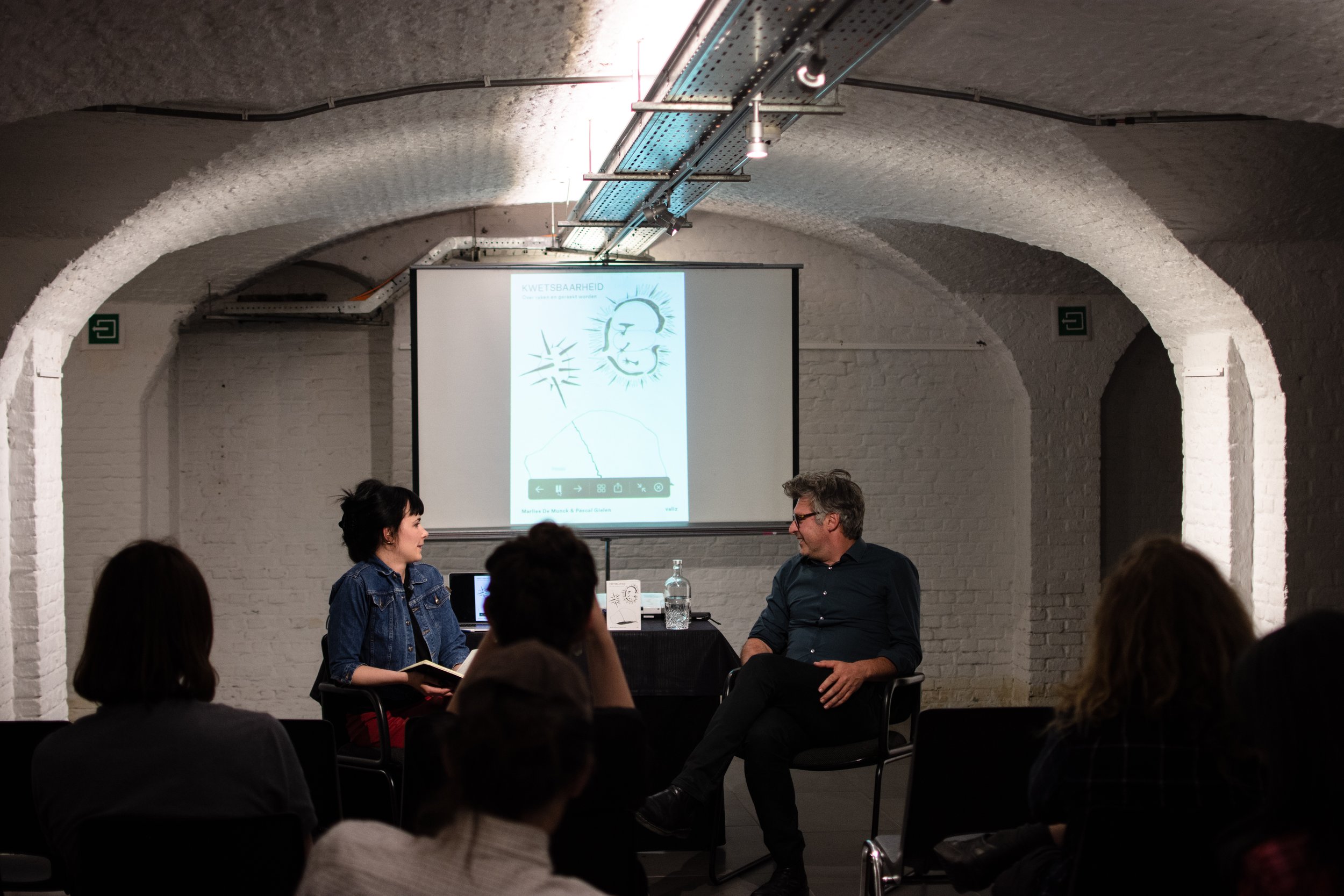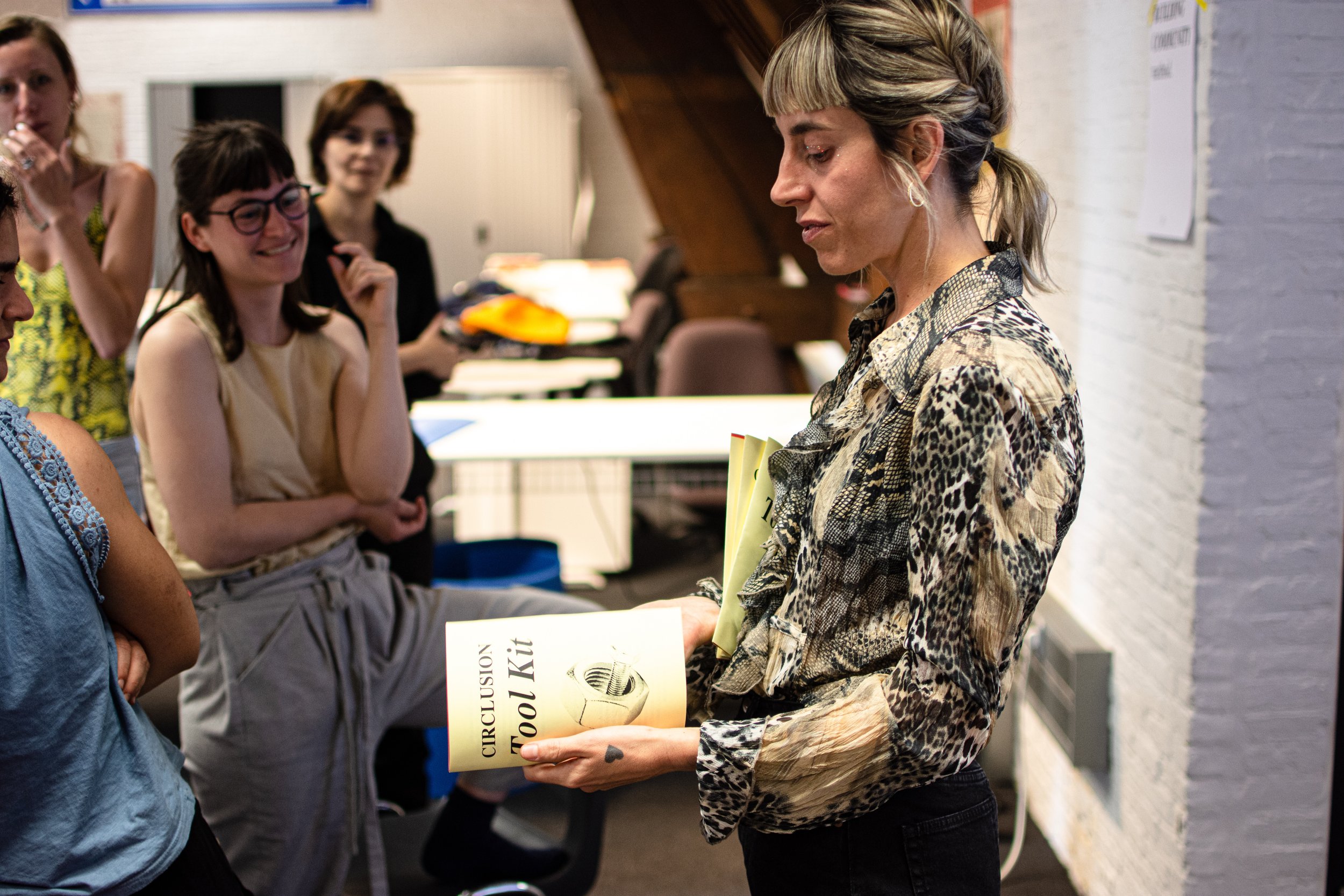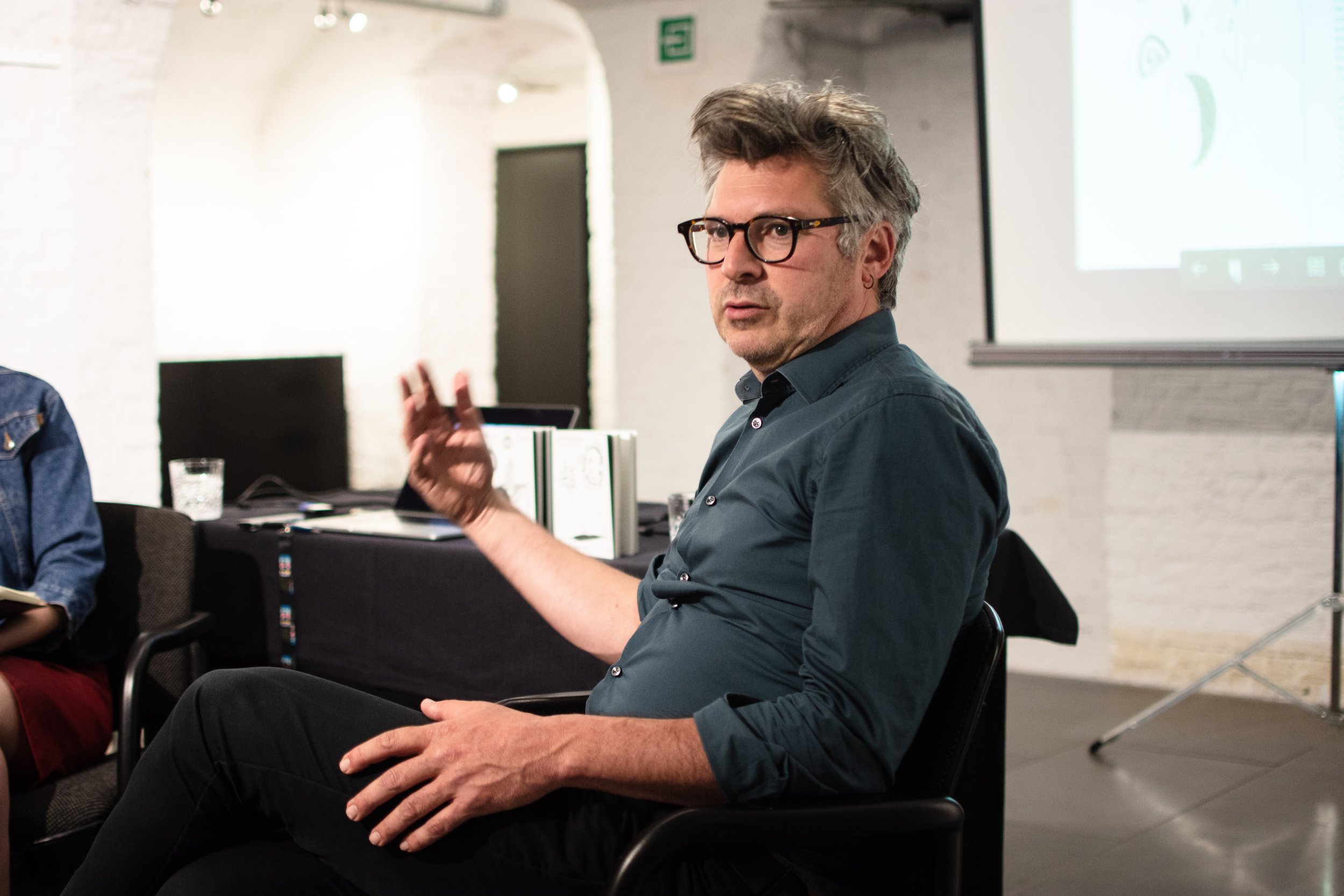Eén van de grote pijnpunten binnen de klimaatbeweging en binnen collectieve organisaties blijft de beperkte heterogeniteit van de leden. Hoewel kwetsbare groepen het meeste baat zouden hebben, blijft het initiatief en de toegang voorlopig beperkt tot hooggeschoolde middenklasse gezinnen. Maar geldt dat ook voor de ‘bottom-up’ Tuinstraten? Anneleen van Comité Bump bracht op de ‘Inspiratiedag Tuinstraten’ op 14 oktober 2022 een realistische getuigenis over hoe samen een tuinstraat maken en vooral de verbondenheid onder buren die daaruit voortvloeide, zorgde voor een enorm sterk sociaal weefsel in de straat. De meest kwetsbare buurtbewoners worden dankzij die verbondenheid ondersteund door hun actieve buren. Haar volledige getuigenis leest u hier.
“Ik ben Anneleen. Ik woon in de Pieter Génardstraat op het Kiel, en 5 jaar geleden mocht onze straat voor 6 weken experimenteren met een tuinstraat.
Bedoeling van die tuinstraat was vergroening, vertraging van het verkeer, meer speelruimte voor de kinderen creëren. Maar, daarnaast was het ook belangrijk zo veel mogelijk straatbewoners mee te krijgen in dat verhaal, om inclusief te werk te gaan.
En het zijn die ervaringen rond inclusie die ik vandaag graag met jullie wil delen. Kleine noot: als ik zeg ervaringen, dan komt daar ook de nodige subjectiviteit bij kijken. Een andere bewoner of een ander lid van ons burencomité zou dat anders ervaren kunnen hebben. Maar terug naar inclusie.
Om een zo volledig mogelijk beeld te geven zou ik graag 3 aspecten willen toelichten:
In eerste instantie: de context – in wat voor straat wonen we – in welke context brachten we die tuinstraat tot stand
Hoe hebben we geprobeerd inclusief te werk te gaan
En tot slot: Waar heeft die aanpak toe geleid. Welke uitdagingen kwamen we tegen en van welke successen kunnen we spreken.
Dus om te beginnen met de context, even een korte schets van onze straat:
De Pieter Génardstraat maakt deel uit van de Antwerpse buurt: Kiel. Dat is eenvolkse, heel diverse buurt, en bijgevolg is onze straat ook zeer divers.
We telden in 2017 zo’n 15 nationaliteiten en ongeveer evenveel talen
Bij die uiteenlopende nationaliteiten hoort ook vaak een andere religieuze of culturele achtergrond.
Er is daarnaast ook een grote generationele verscheidenheid: de oudste bewoners waren eind 80, begin 90, maar er wonen ook heel veel jonge kinderen in de straat
tot slot is de ook socio-economische achtergrond is ook zeer verschillend
Al deze elementen komen vaak ook nog eens in allerlei combinaties voor, wat maakt dat je met uiteenlopende noden en mogelijkheden moet rekening houden.
[Lees verder onder de foto]
Hoe hebben we inclusie in die context benaderd?
In retrospect waren de kernbegrippen volgens mij laagdrempeligheid en het actief stimuleren van participatie (najagen eigenlijk).
we investeerden heel veel tijd in de relatie met de bewoners
zo gingen we heel vaak van deur tot deur: om bewoners persoonlijk uit te nodigen, met de vraag hoe zij zo’n straat zagen, hoe ze wilden meewerken. Ik kan eigenlijk niet genoeg benadrukken hoe belangrijk het is om binnen zo’n participatieproject persoonlijk contact te maken, zeker in het begin. Door een briefje in de bus voel je je niet altijd aangesproken, door iemand die je persoonlijk komt uitleggen wat je wil doen en waarom het belangrijk is, vaker wel.
We communiceerden in meerdere talen, niet in alle 15. Maar volgens mij was dat wel een cruciaal element. Participeren is niet mogelijk als je niet eens begrijpt waarover het gaat.
We vergaderden vaak op straat. Bewoners kwamen zo uit nieuwsgierigheid wel eens kijken en voor ze het zelf goed beseften namen ze dan actief deel aan een vergadering
Beslissingen probeerden we altijd met een meerderheid te nemen, mensen daar ook over te bevragen en op die manier dus ook rekening te houden met de mening van de bewoners
En tot slot, niet onbelangrijk: de kinderen kregen inspraak over de activiteiten en inrichting. Een autovrije straat midden in de vakantieperiode is een plek die snel wordt ingenomen door spelende kinderen.
Dat brengt mij bij het laatste punt: Waar hebben onze inspanningen toe geleid. Met welke uitdagingen kregen we te maken en welke successen waren er.
Ik denk dat andere burgerinitiatieven misschien wel kunnen bevestigen dat het sowieso eenuitdaging is om mensen mee te krijgen in zo’n project. Zeker in de zin dat ze zich er mee eigenaar van voelen.
Volgens mij zagen we daarbinnen enerzijds een groep mensen die in principe zou kunnen deelnemen, maar dat om een of andere gerechtvaardigde reden niet wil. Het kan zijn dat zegeen interesse hebben, er geen behoefte aan hebben of zelfs angst hebben voor veranderingen. Uit die hoek kregen we trouwens wel wat met weerstand te maken. Natuurlijk, als je participatief te werk wil gaan, dan horen die tegenstemmen er uiteraard ook bij.
Anderzijds heb je een groep mensen die gewoonweg niet de luxe heeft om na te denken over vergroening of verblauwing. Mensen die voortdurend in onzekerheid leven over hun inkomen, of ze hun gezin te eten kunnen geven, hun rekeningen nog kunnen betalen of nog degelijk onderdak zullen hebben.
Die groep is in onze straat, maar vooral in de bredere buurt, wel sterk aanwezig.
We kennen heel veel gezinnen die het gewoon moeilijk hebben. Die met meerdere kinderen op 1-slaapkamerappartementjes wonen. Mensen die in gebouwen wonen die zich in bedenkelijke staat bevinden, en daar vaak in verhouding veel voor moeten betalen. We kennen mensen die hun gezin moeten onderhouden met onzekere en slecht betaalde jobs. Die mensen blijven ook niet altijd lang genoeg op dezelfde plaats wonen, wat velen van hen ook wat onzichtbaar maakt.
Eén zo’n gezin bleef voor ons niet onzichtbaar, omdat we de kinderen op straat leerden kennen. Ik noem ze voor hun privacy even Mia en Younes. Toen we hen leerden kennen moeten zij 6 en 8 geweest zijn. Het viel al snel op dat ze de hele dag alleen op straat doorbrachten, tot 23u ’s avonds wanneer de vader terug kwam van zijn werk. Het gebeurde wel eens dat de kinderen geen sleutel hadden en overdag gewoon niet binnen konden. Het was duidelijk dat het gezin het financieel moeilijk had, en heel wat problemen had als gevolg daarvan. Vorig jaar werden ze dan uiteindelijk uit hun appartement gezet, wat voor hen niet de eerste keer was.
Ik denk dat het voor zich spreekt dat vergroening geen prioriteit is voor mensen die zich dagelijks zorgen moeten maken over primaire behoeften.
Ik zou dus niet durven te stellen dat we met onze aanpak écht inclusie bereikt hebben, dat we echt een straat van iedereen voor iedereen bereikt hebben. Ik denk dat die sociale ongelijkheid daartoe een obstakel is, een obstakel dat we als gewone burgers/buren niet kunnen wegwerken.
Maar dat neemt niet weg zo’n project wel heel mooie dingen teweeg kan brengen, ook met die mensen die geen eigenaarschap kunnen opnemen in het verhaal.
het heeft ervoor gezorgd dat buren elkaar hebben leren kennen. Dat proberen we ook in stand te houden door meerdere feestmomenten te organiseren om mensen samen te brengen.
het vertrouwen dat er ontstond, maakte dat bewoners hulpvragen durfden stellen. Zo was er een jong koppel Syrische vluchtelingen, die al een tijdje in onze straat woonden, geïsoleerd eerder, die door de tuinstraat een heel sociaal netwerk hebben opgebouwd van mensen die hen op de een of andere manier konden verder helpen.
we probeerden ook echt in te gaan op de noden die zichtbaar werden. Een mooi initiatief dat uit de tuinstraat is voortgekomen, was een wekelijks taaluurtje waarbij we samen aan de keukentafel Nederlands oefenden met buren die dat nodig hadden.
sommige bewoners hebben een zorgende rol opgenomen voor hun oudere buren. We leerden via de tuinstraat Adriaan kennen, toen onze oudste straatbewoner. En al snel hadden we een reservesleutel van zijn huis, om binnen te kunnen in noodgevallen. We gingen hem helpen wanneer hij dat vroeg, of gingen gewoon langs voor een babbeltje, we vierden zijn – ik denk 94ste verjaardag samen, … in 2019 overleed hij helaas. Maar met zijn dochter hebben we regelmatig nog contact, en zij benadrukt ook vaak nog hoezeer het voor haar een geruststelling was dat haar vader op hulp uit de straat kon rekenen.
Kortom: een socialere, zorgzamere straat, warmere straat, hebben we volgens mij wél bereikt. Ik durf zelfs te stellen dat we de verbondenheid die we vandaag in onze straat kennen, volledig te danken hebben aan het intensieve engagement dat die tuinstraat was.
Bij wijze van conclusie, en misschien ook aanzet tot debat, denk ik dat we dan ook bij onszelf moeten nadenken over wat we met zo’n tuinstraat willen. Als je verbinding in een straat wil creëren, dan denk ik dat ons voorbeeld alvast leert dat een tuinstraat daarvoor een goede katalysator is. Maar zie je het groter, wil je dat burgers via tuinstraten het heft in eigen handen nemen om klimaatadaptatie en –transitie te versnellen (verantwoordelijkheid nemen voor klimaatadaptatie en –transitie), dan stel ik me de vraag hoeveel burgers dat effectief kunnen en of sociaal kwetsbare straten of buurten op die manier niet zullen achterblijven.”
© Comité Bump








